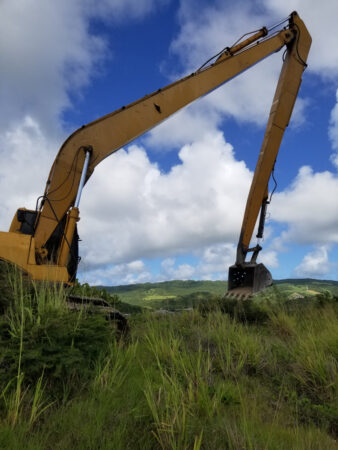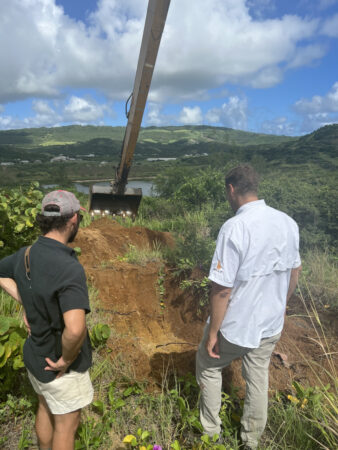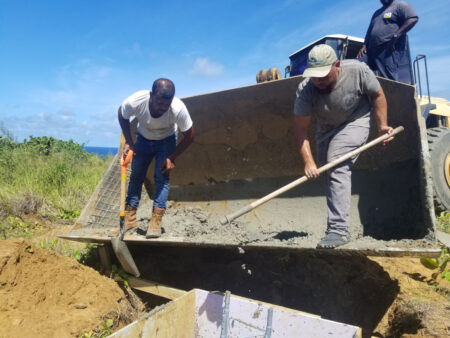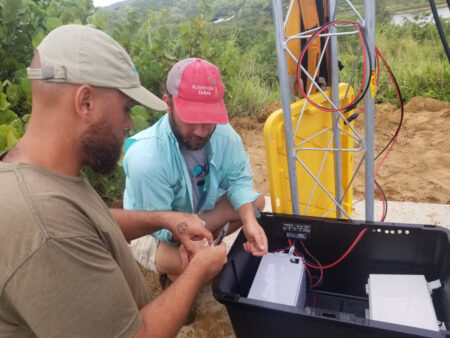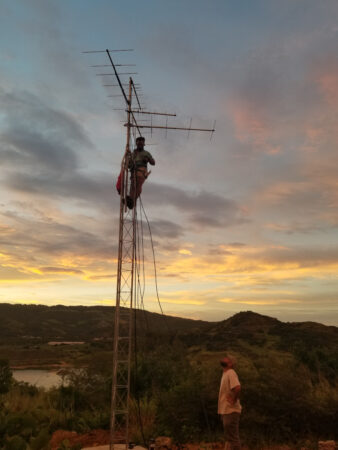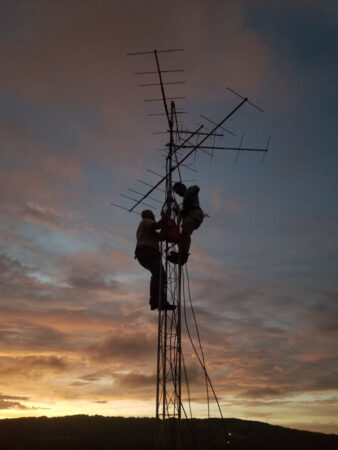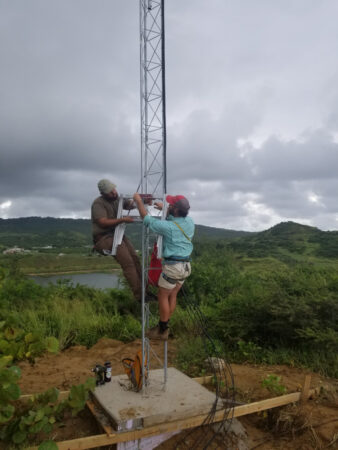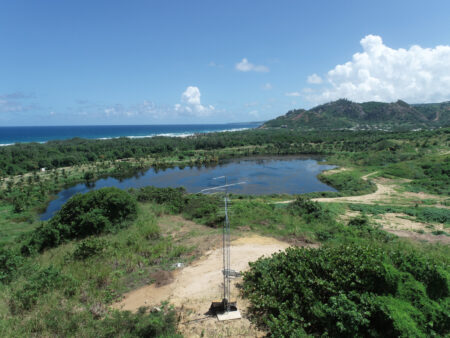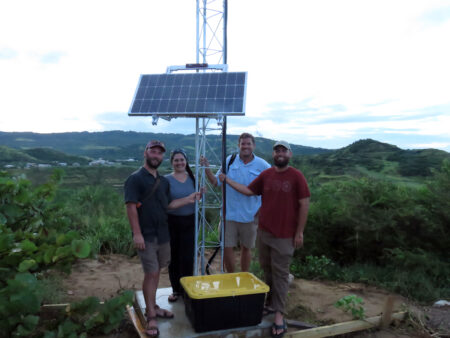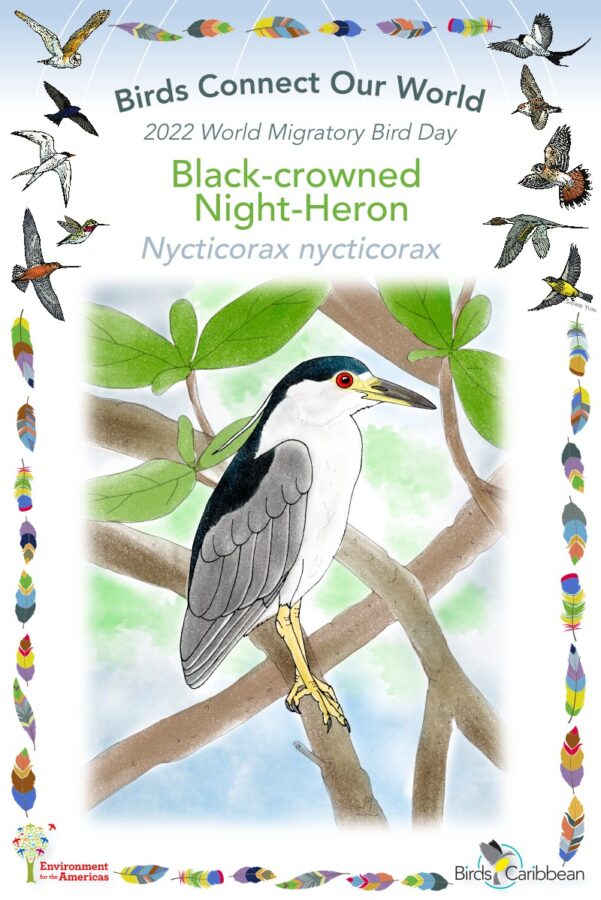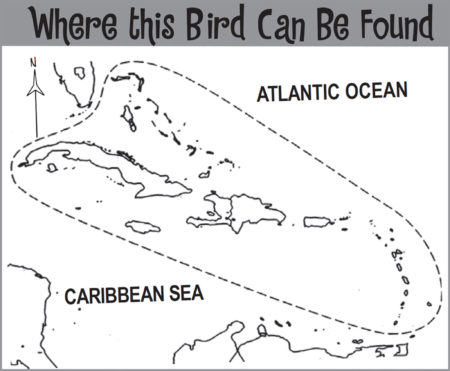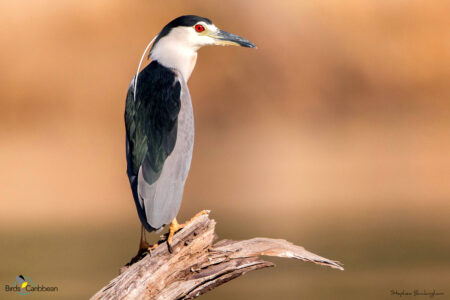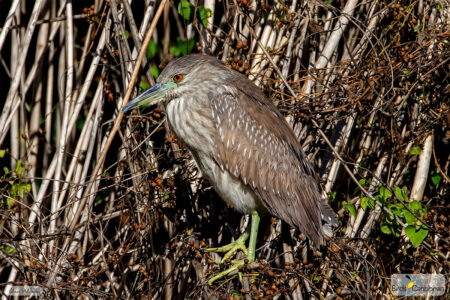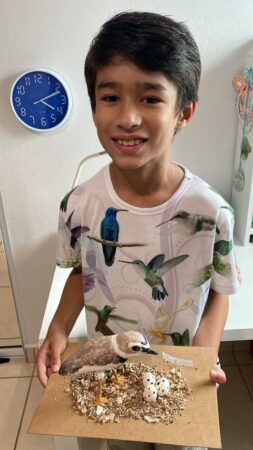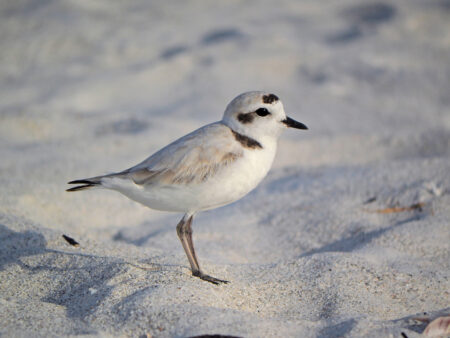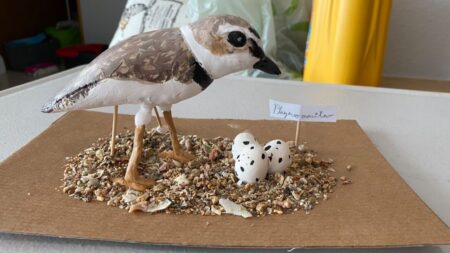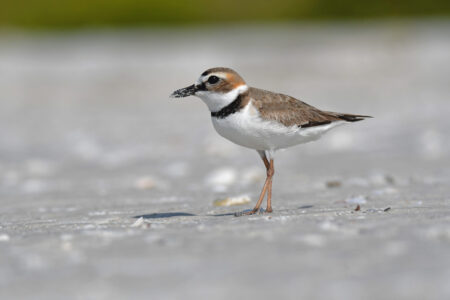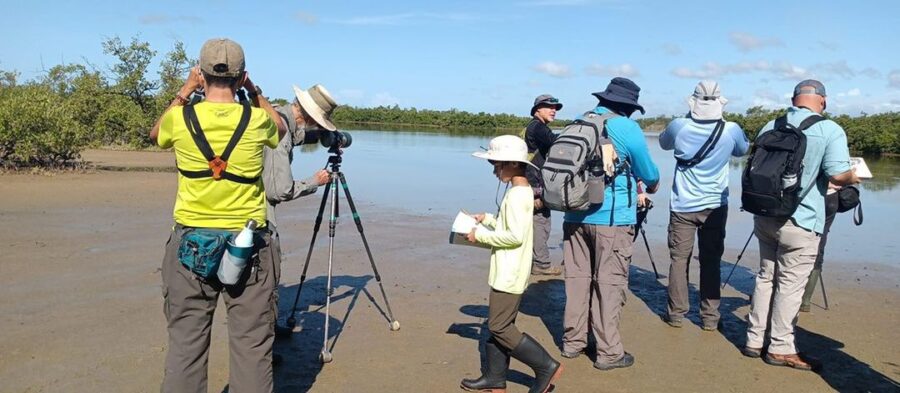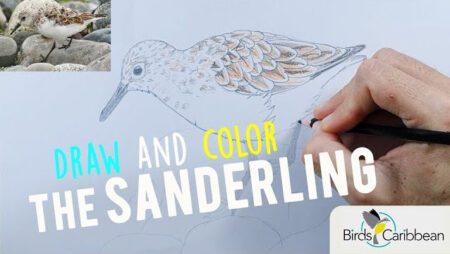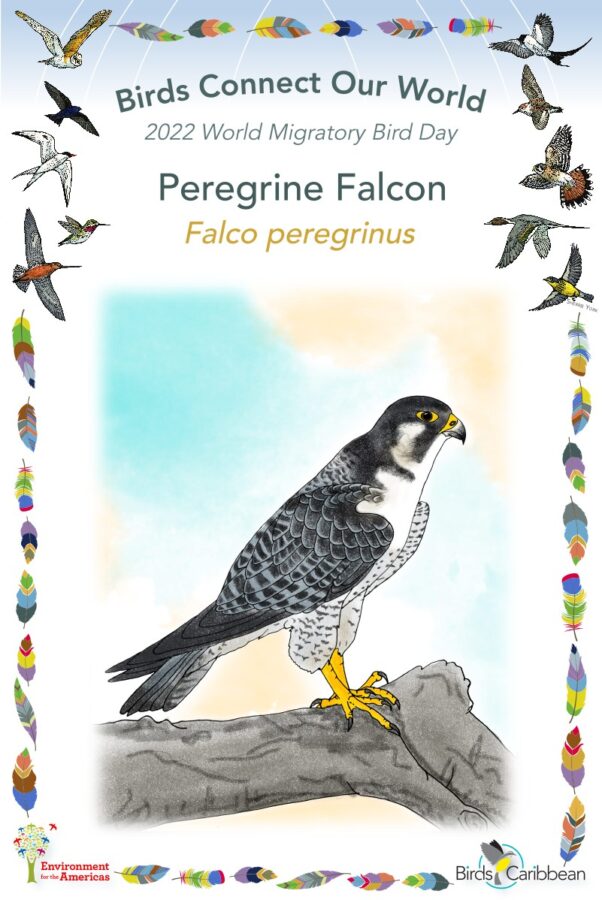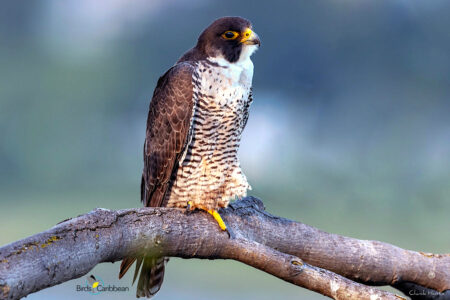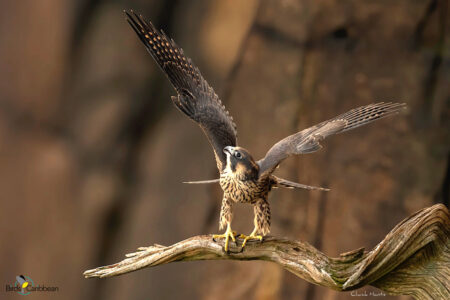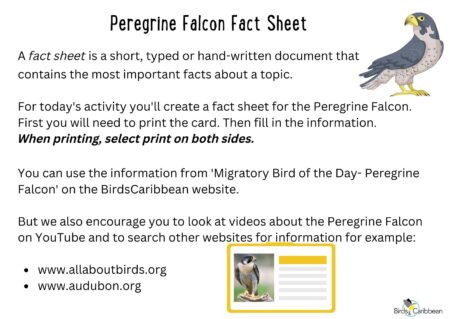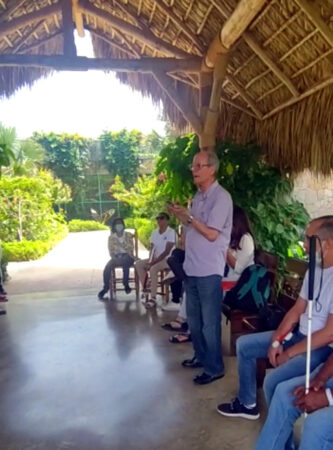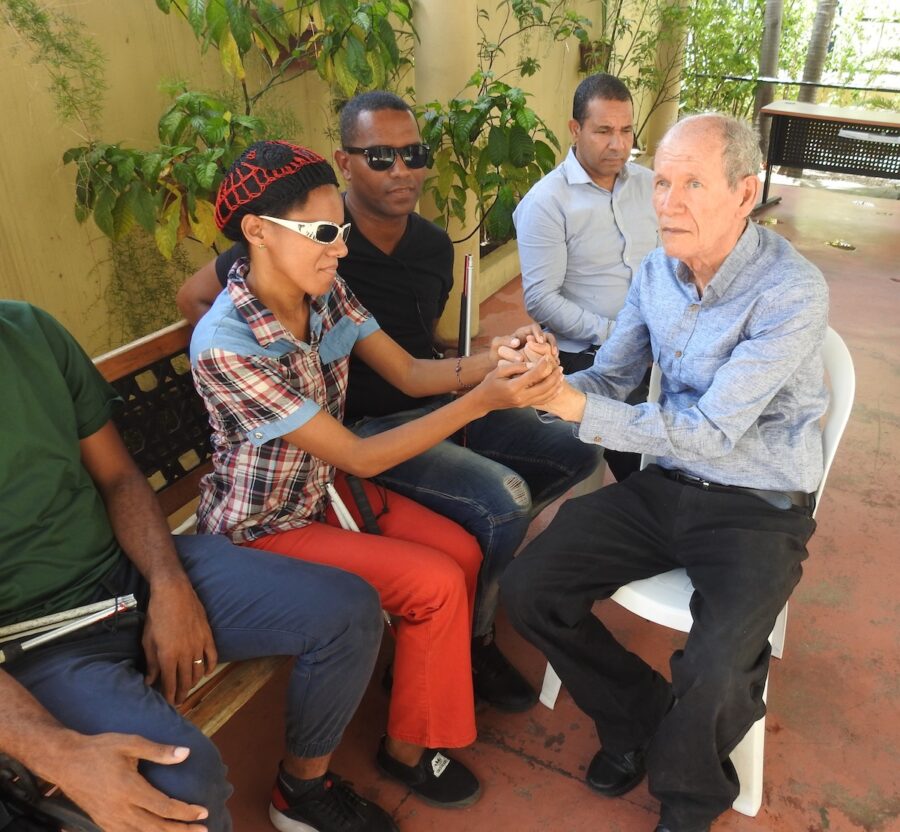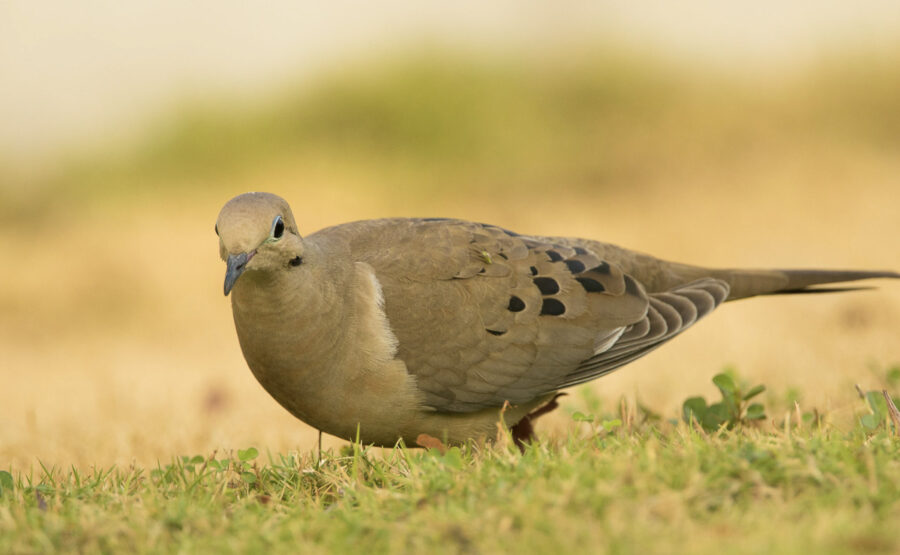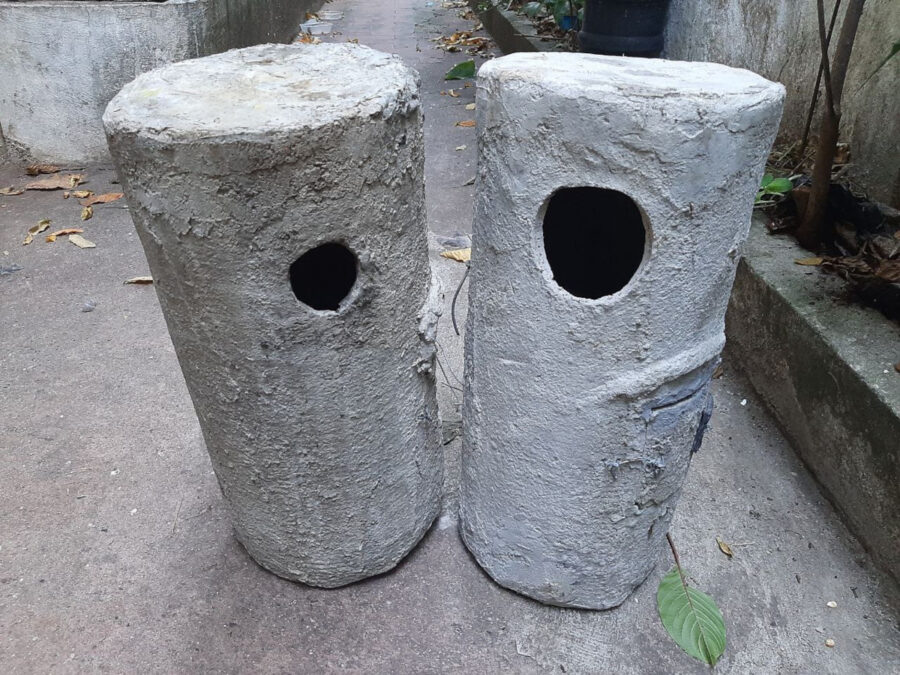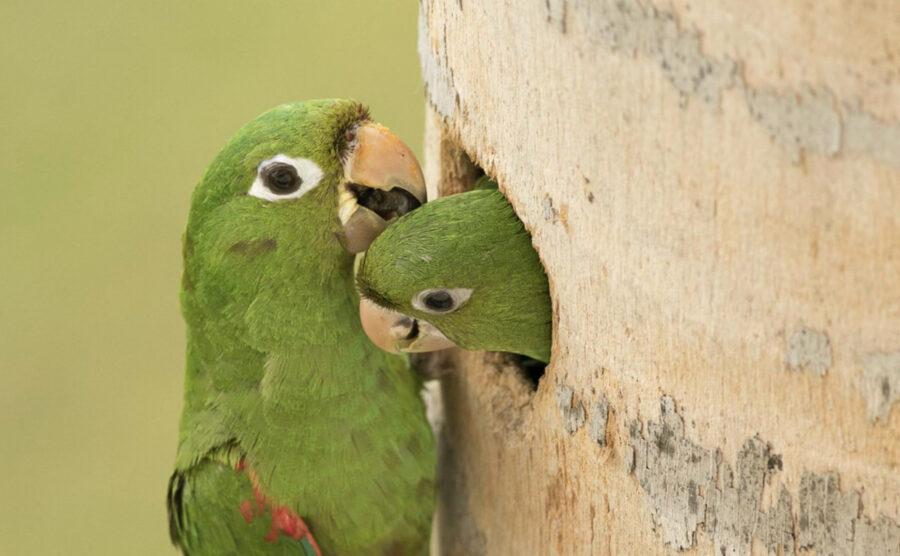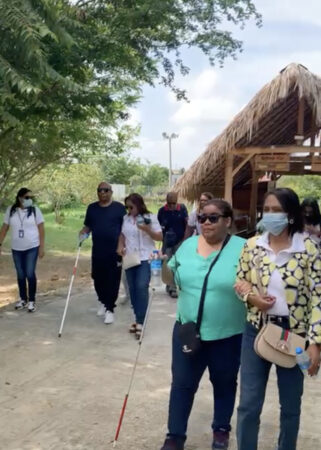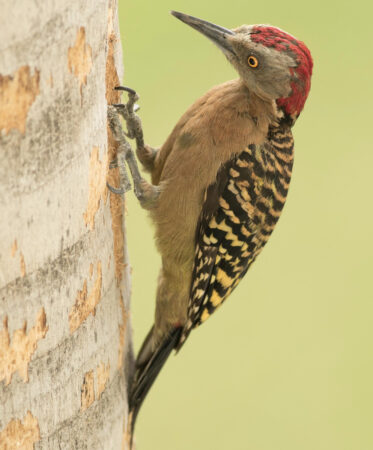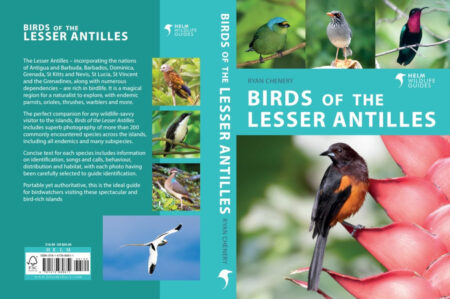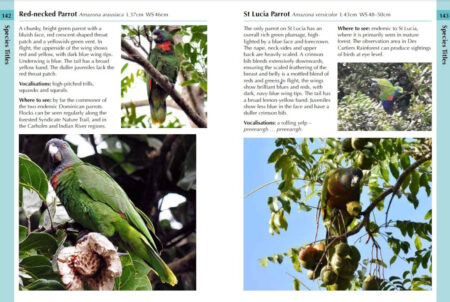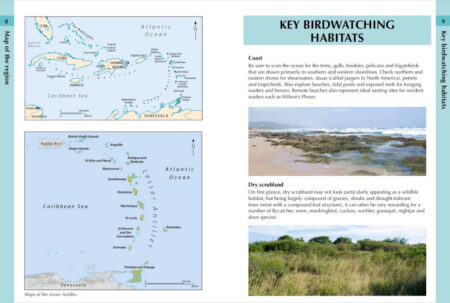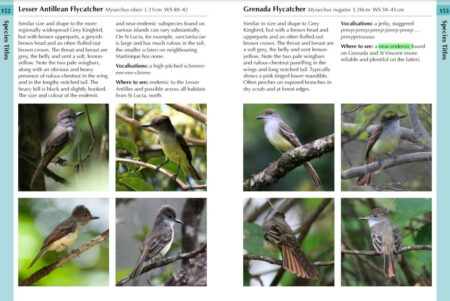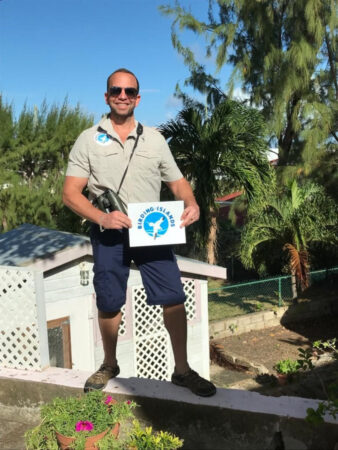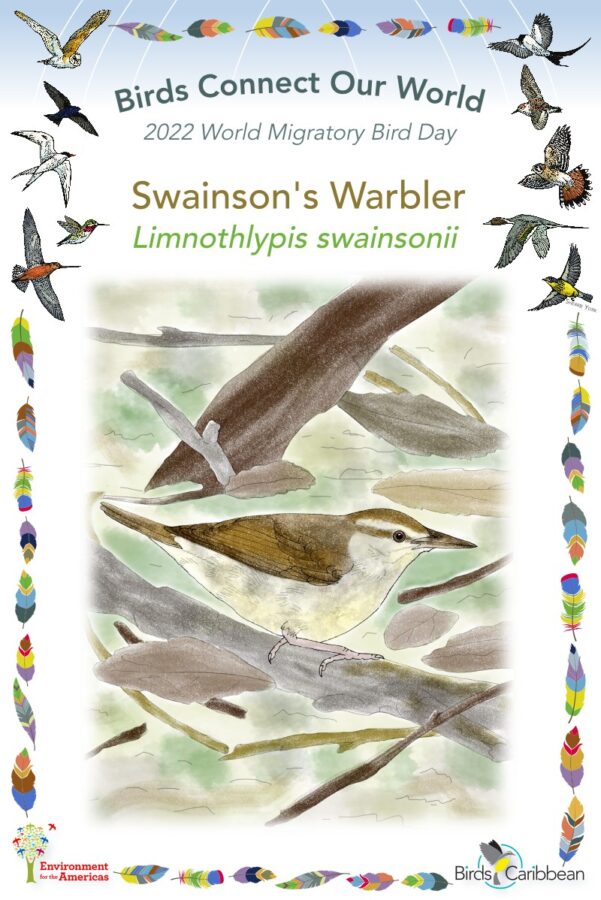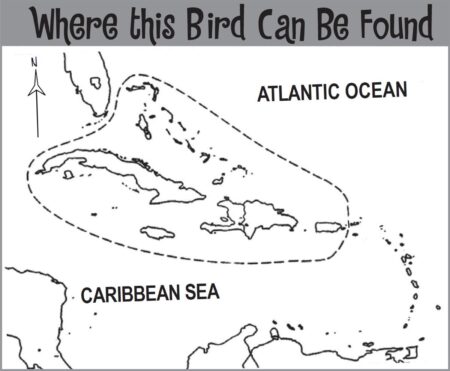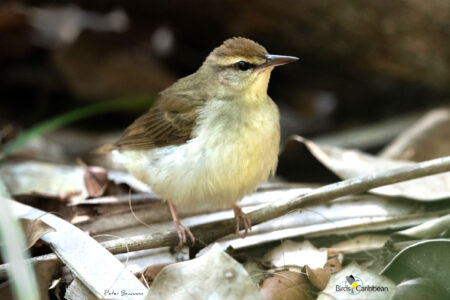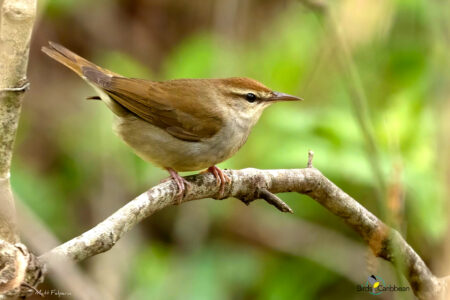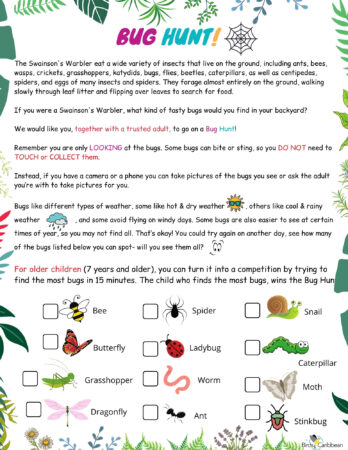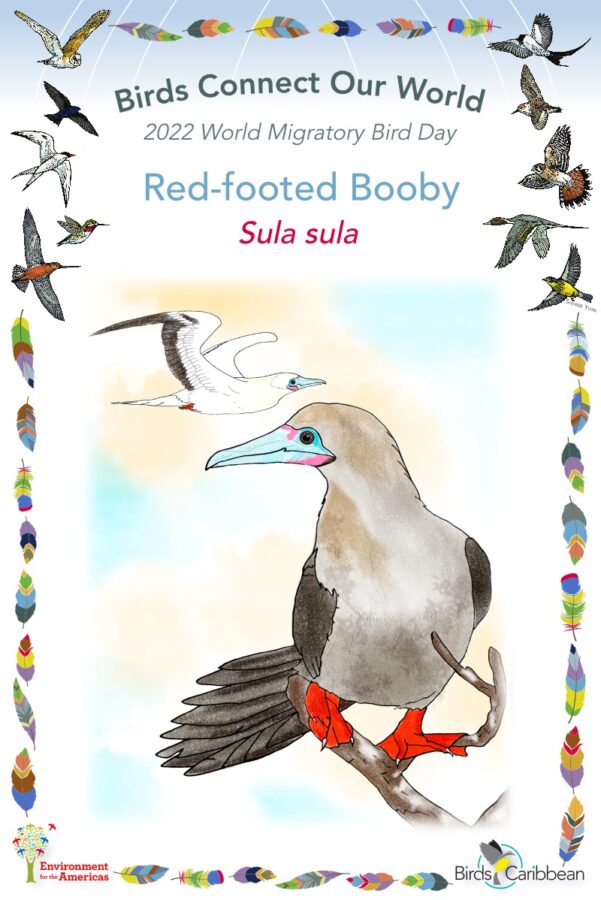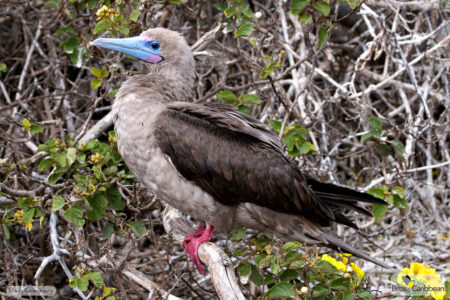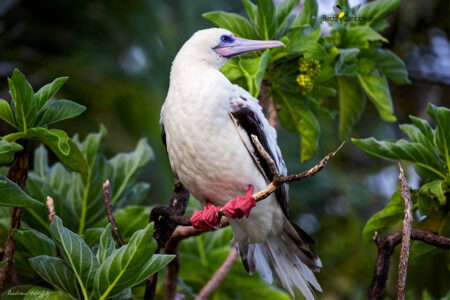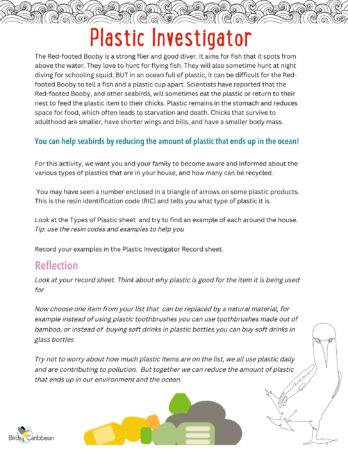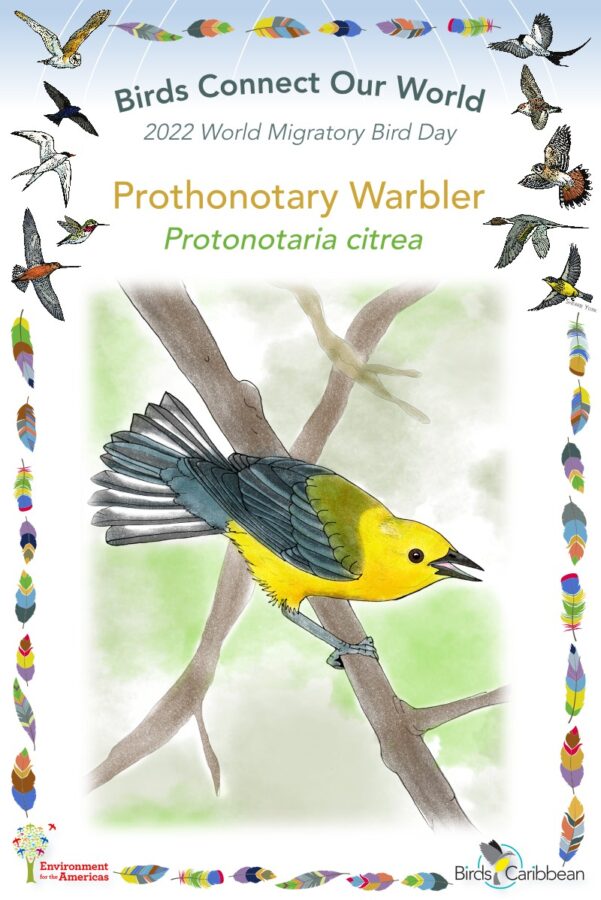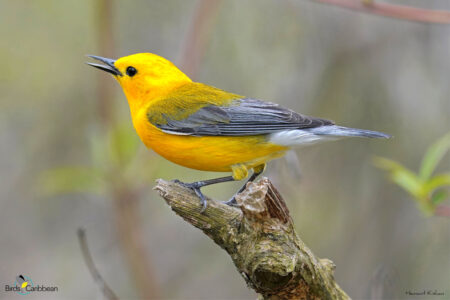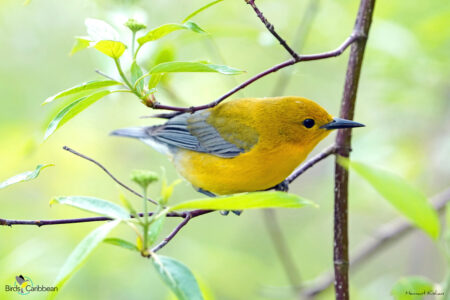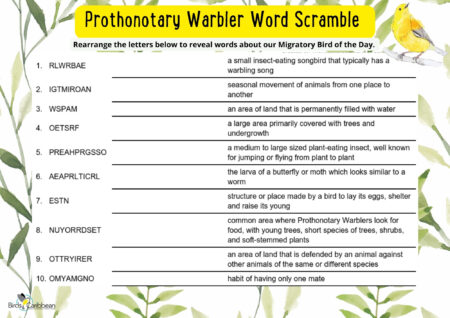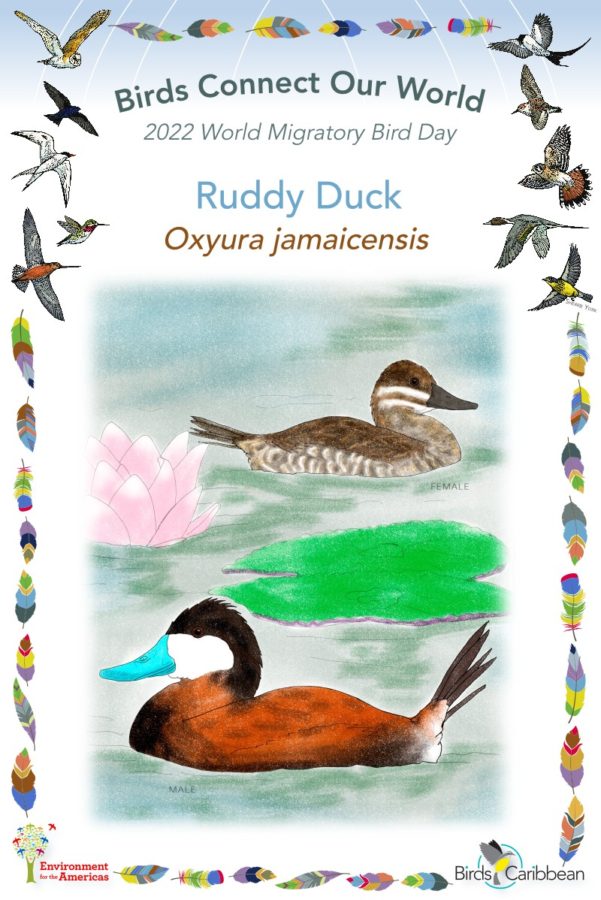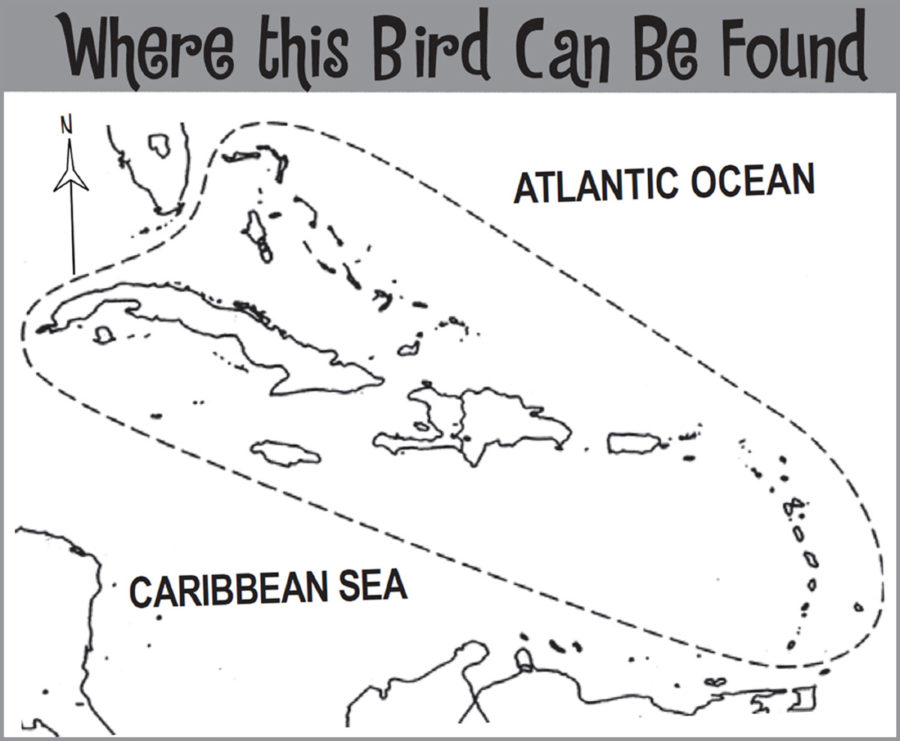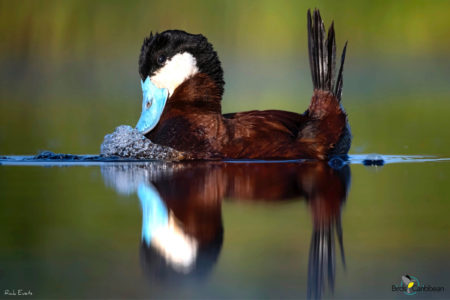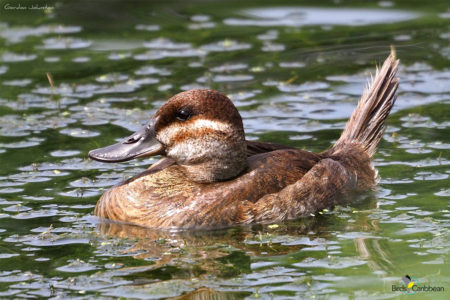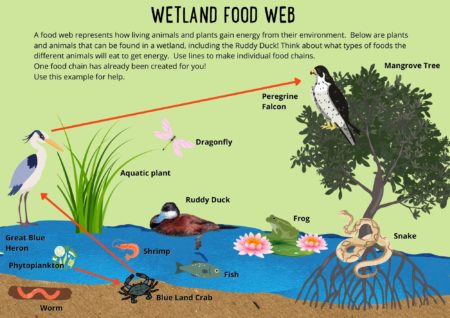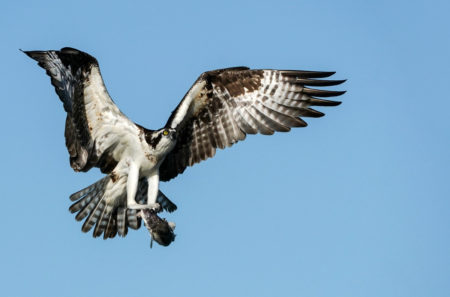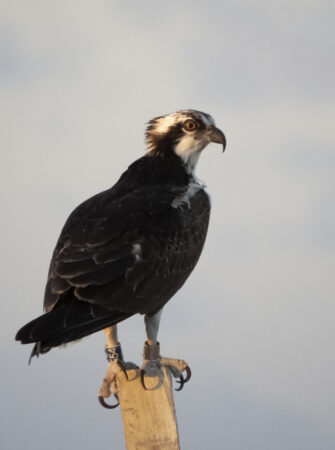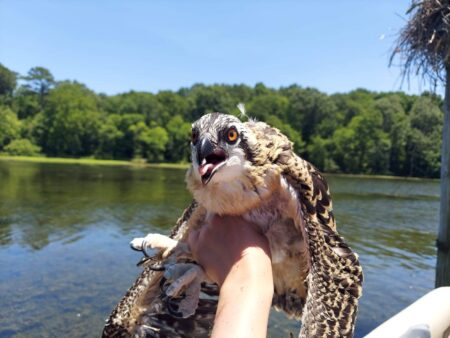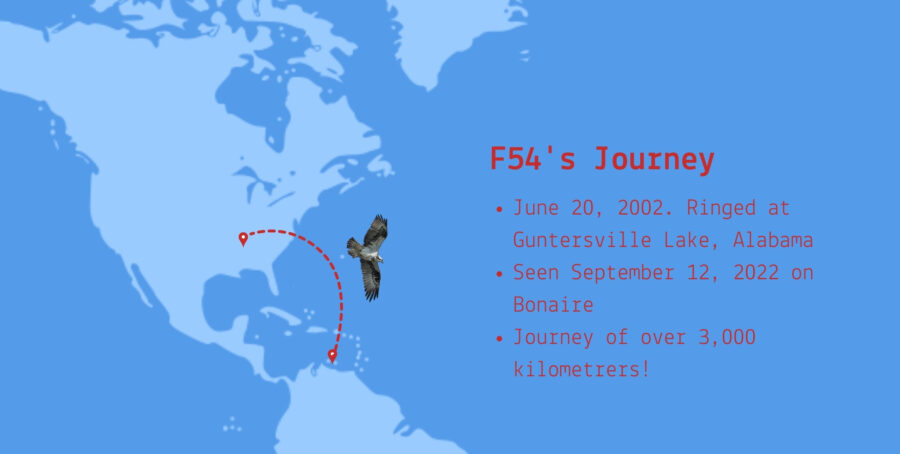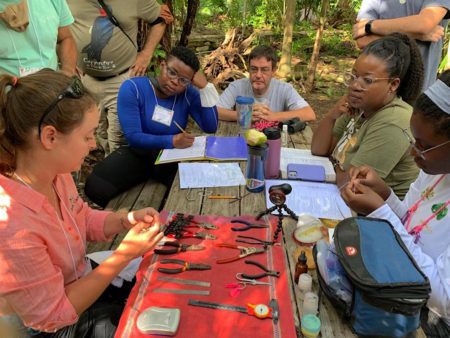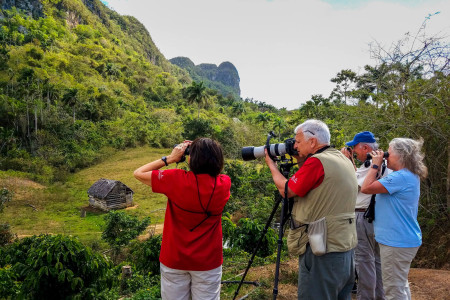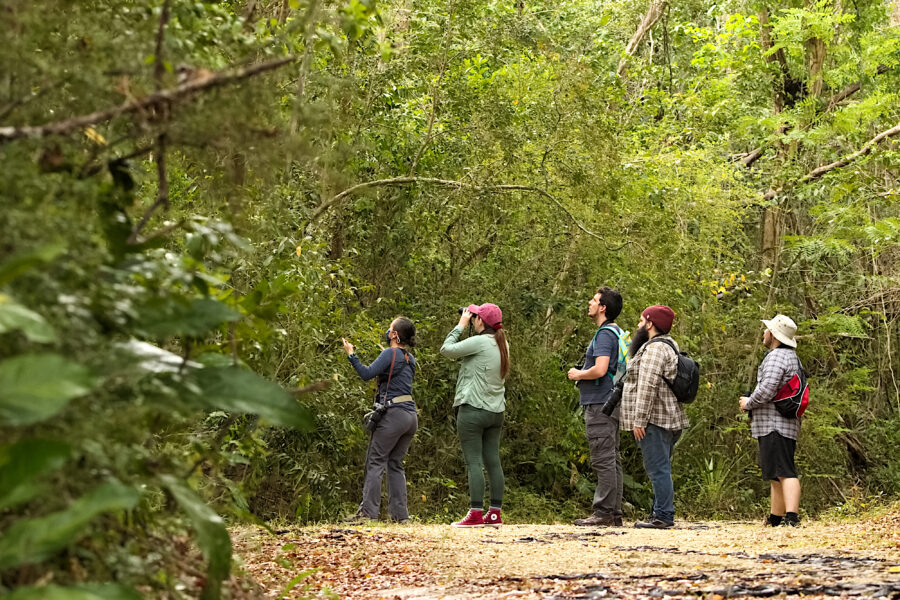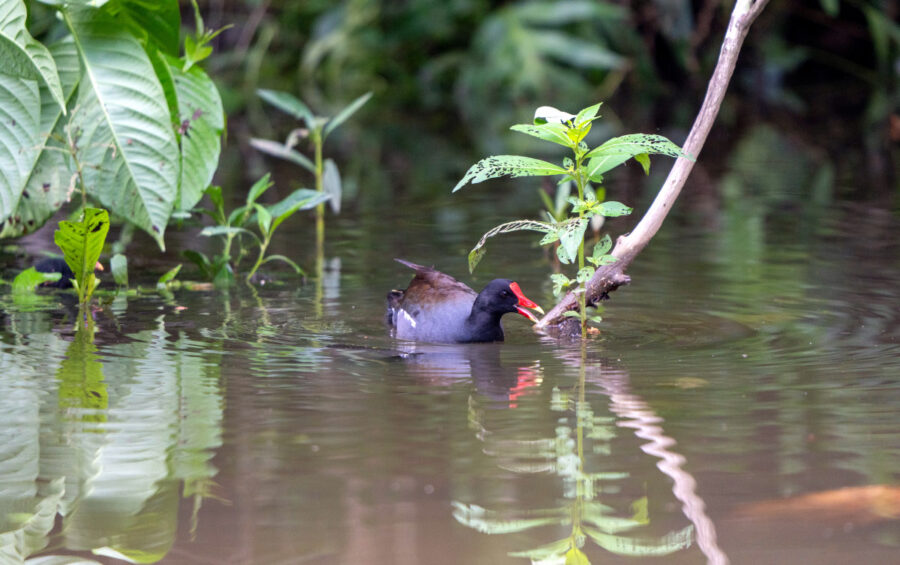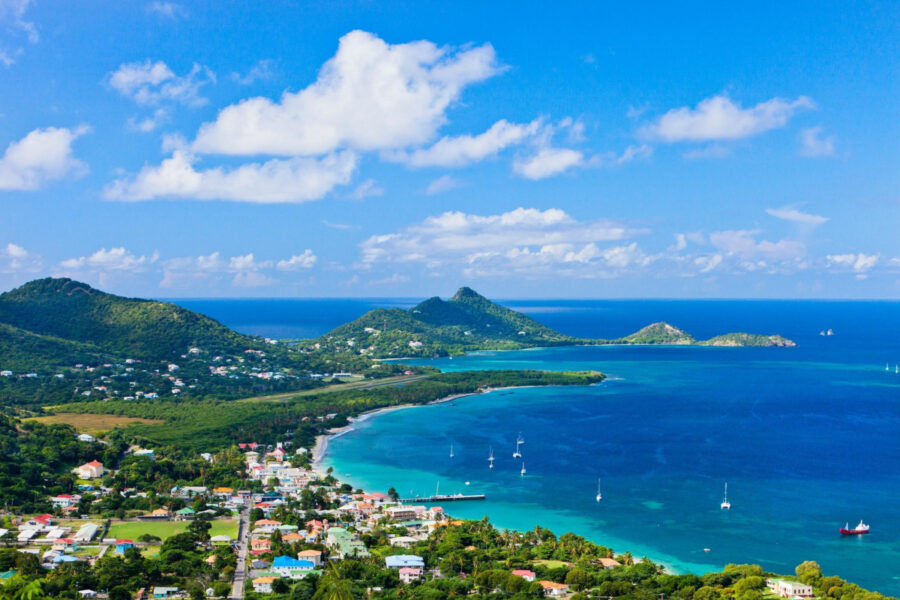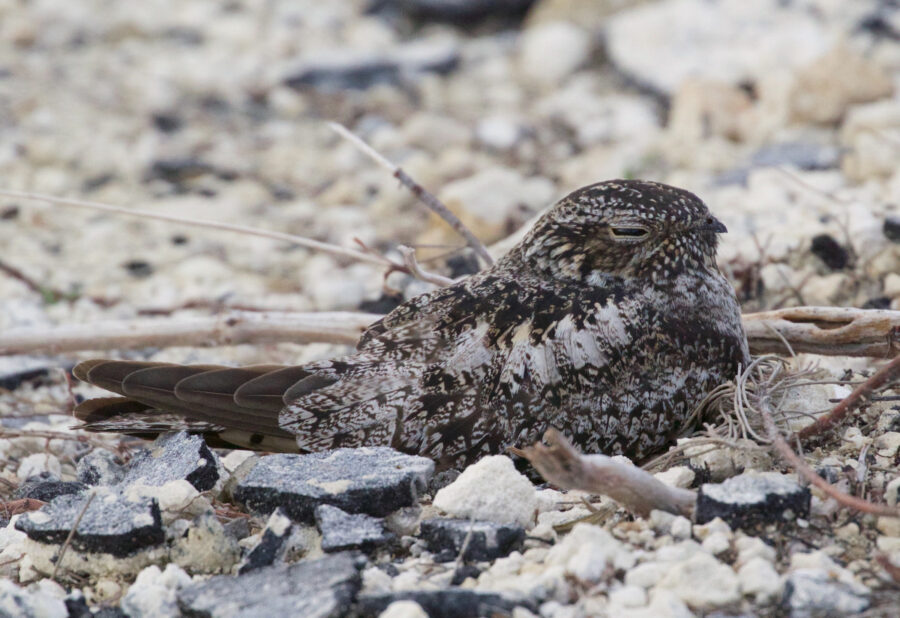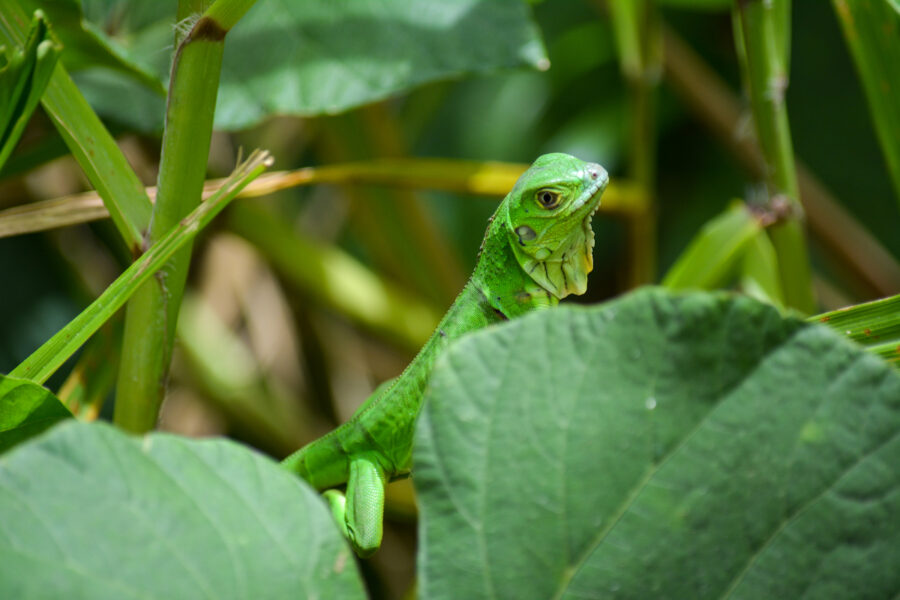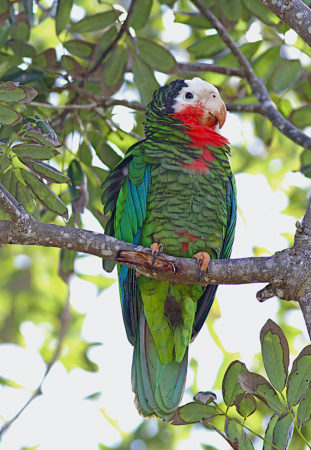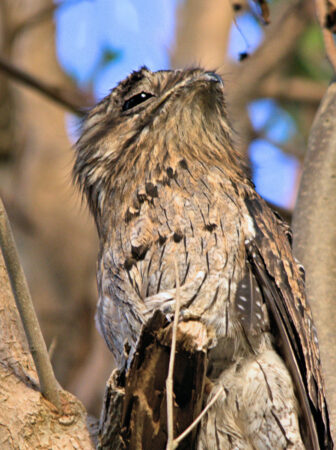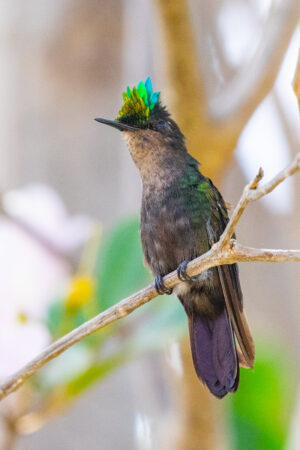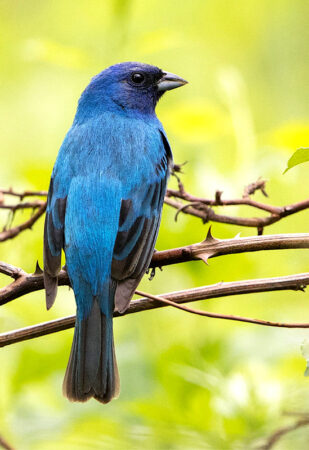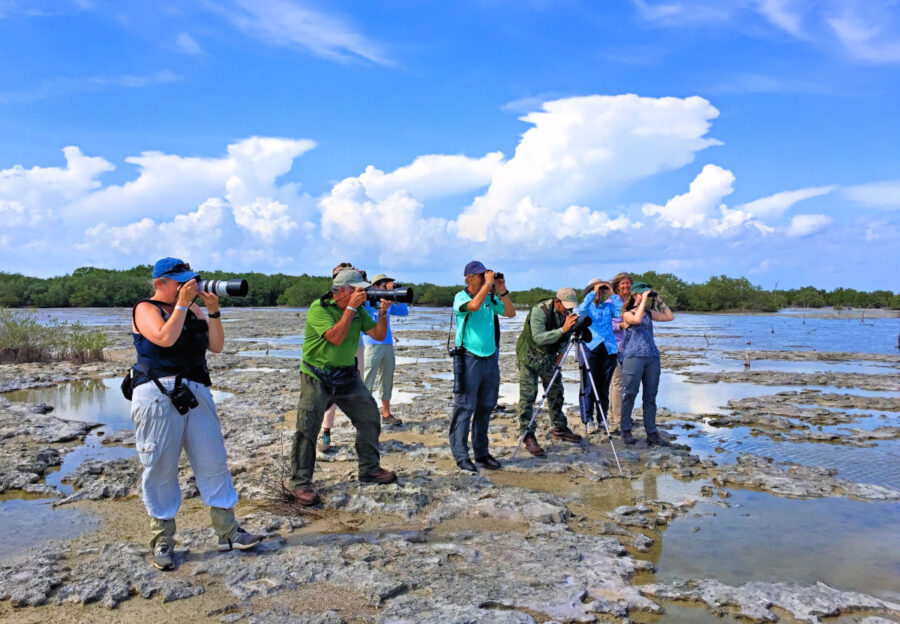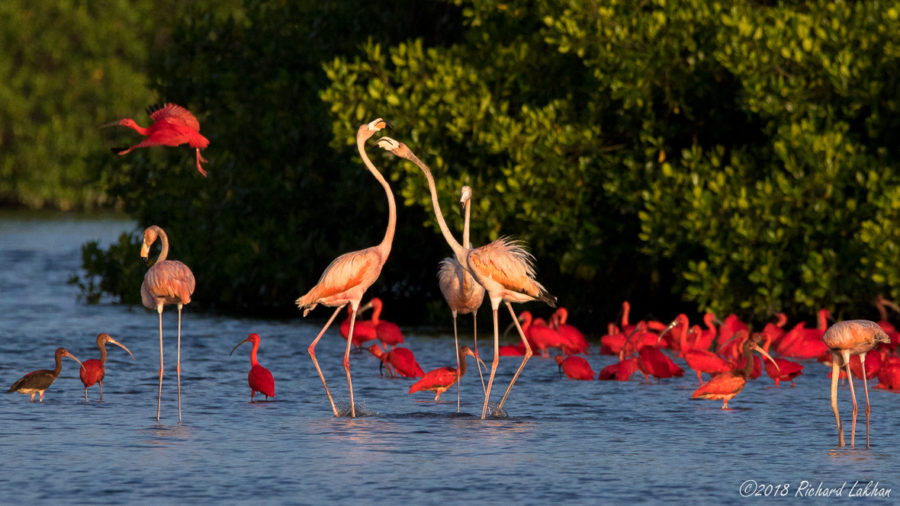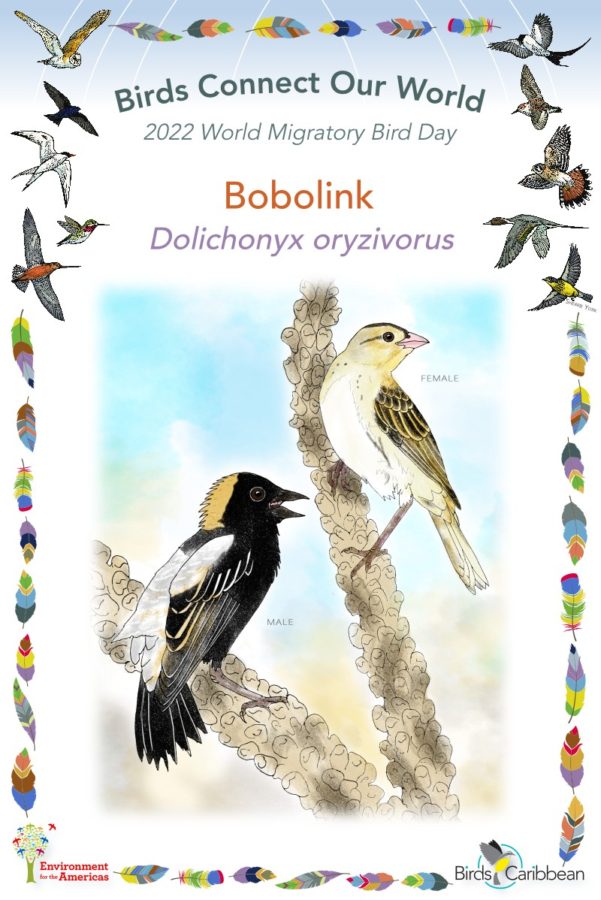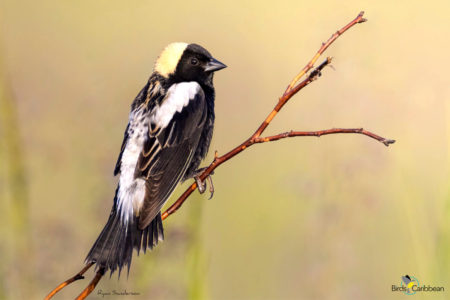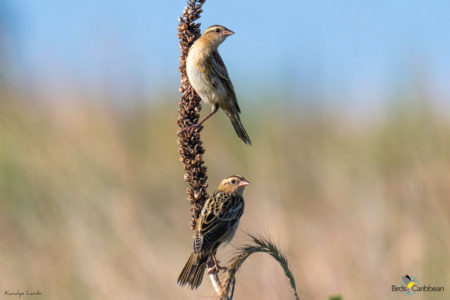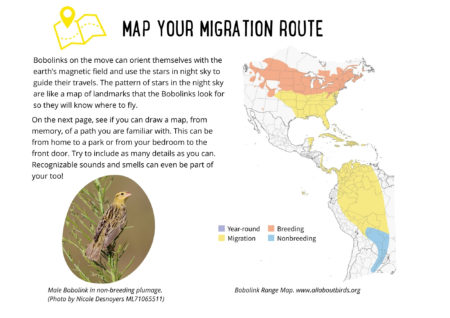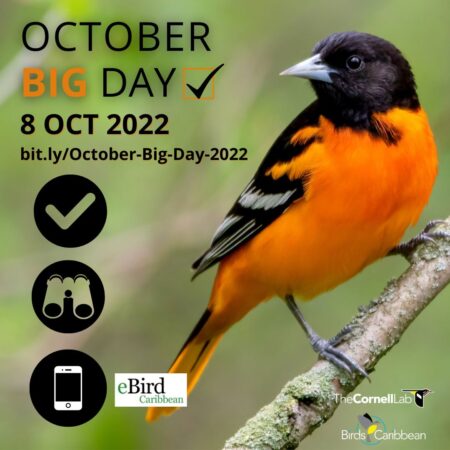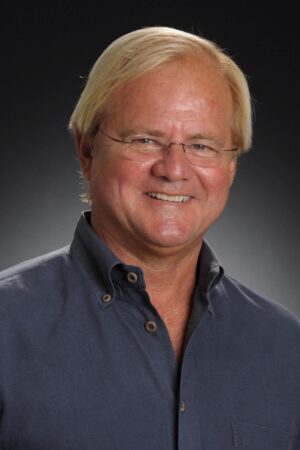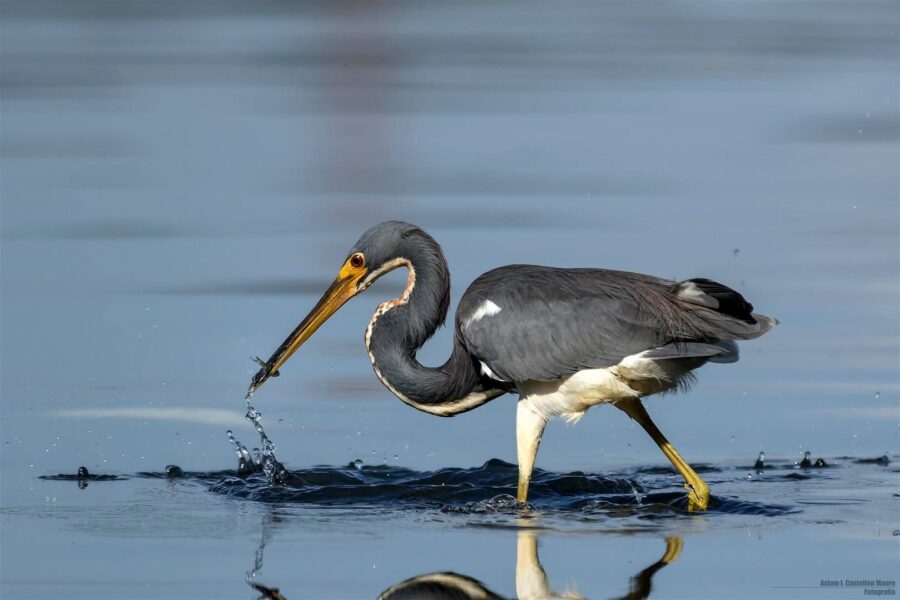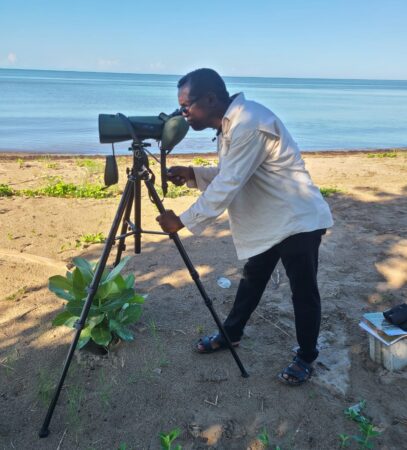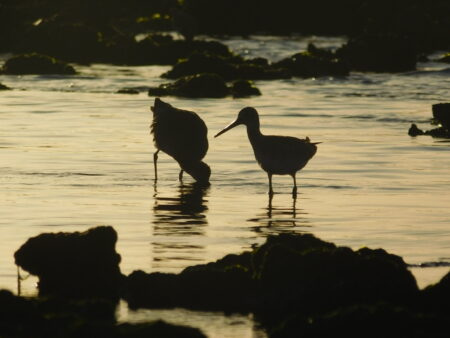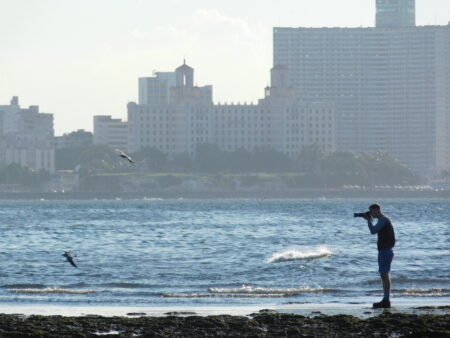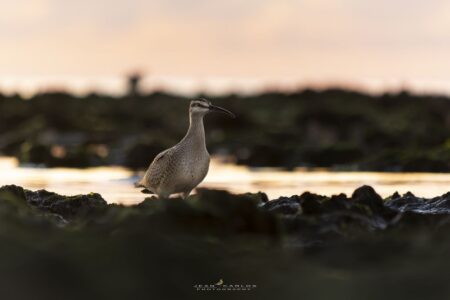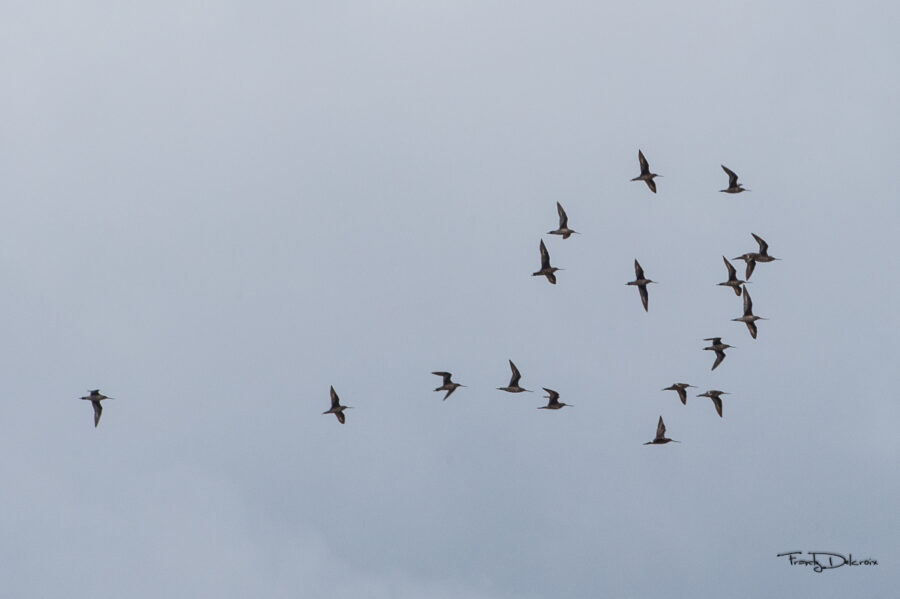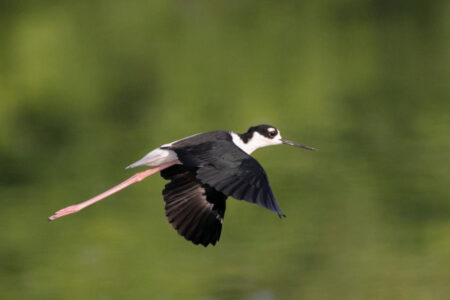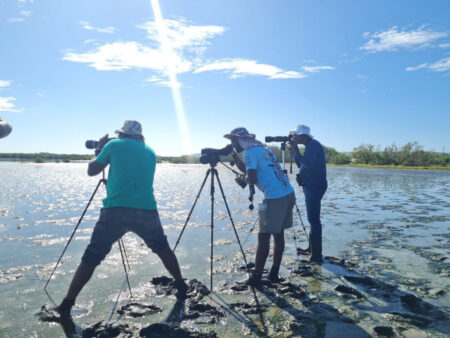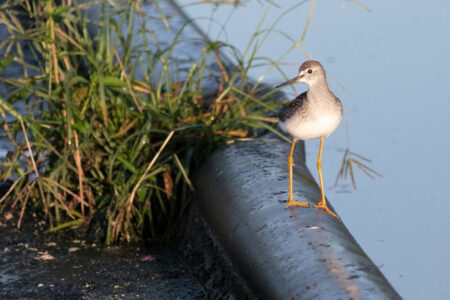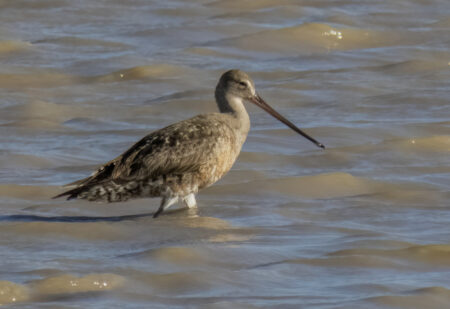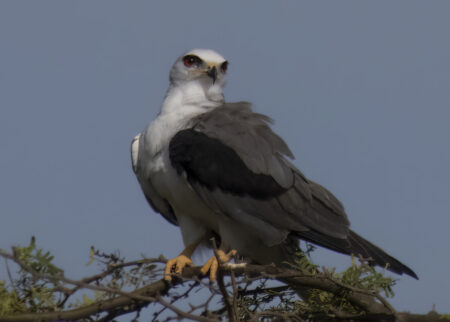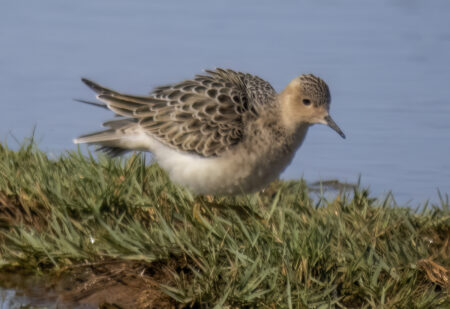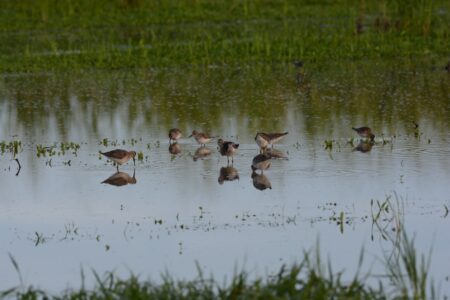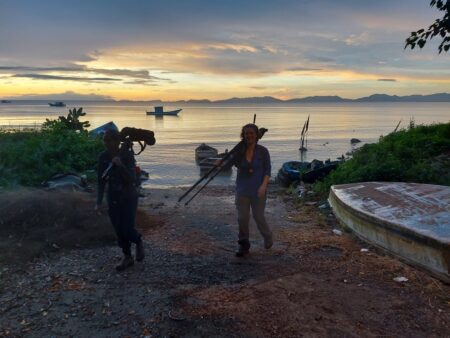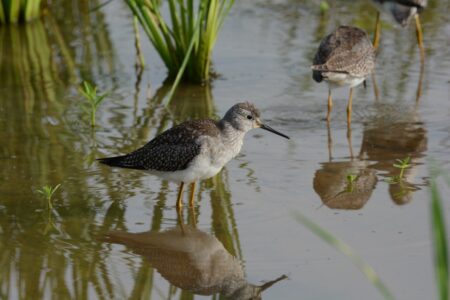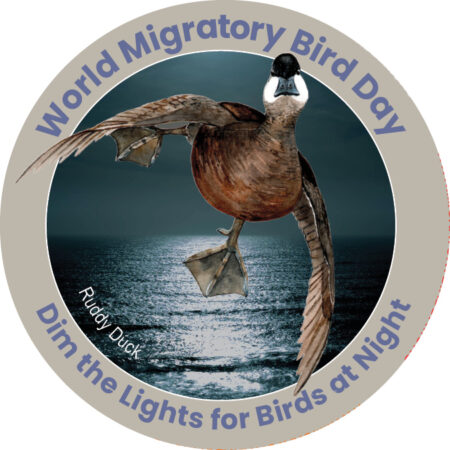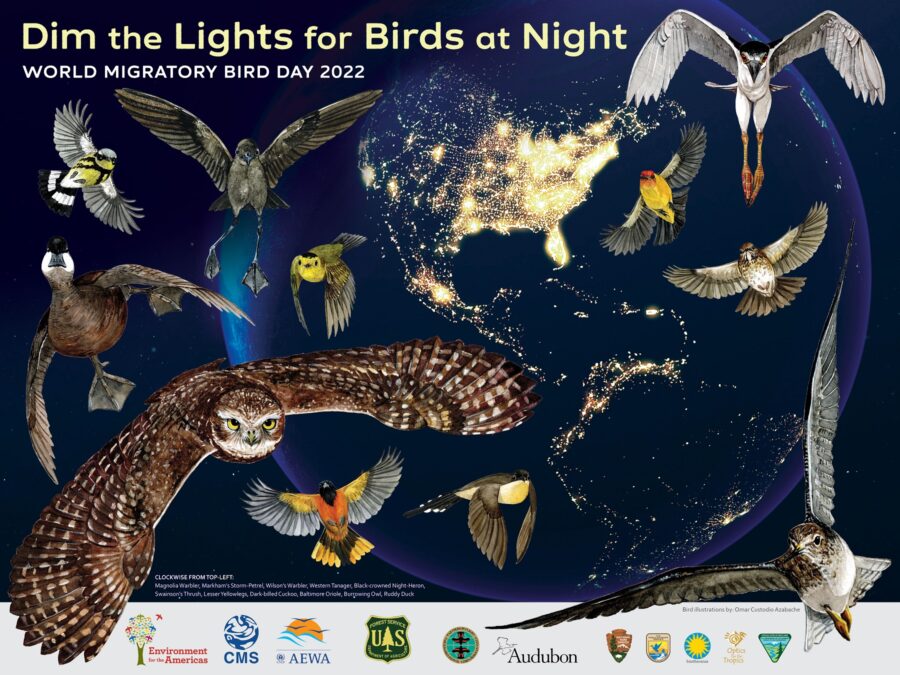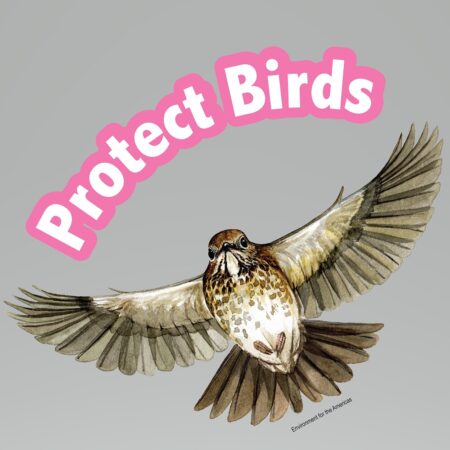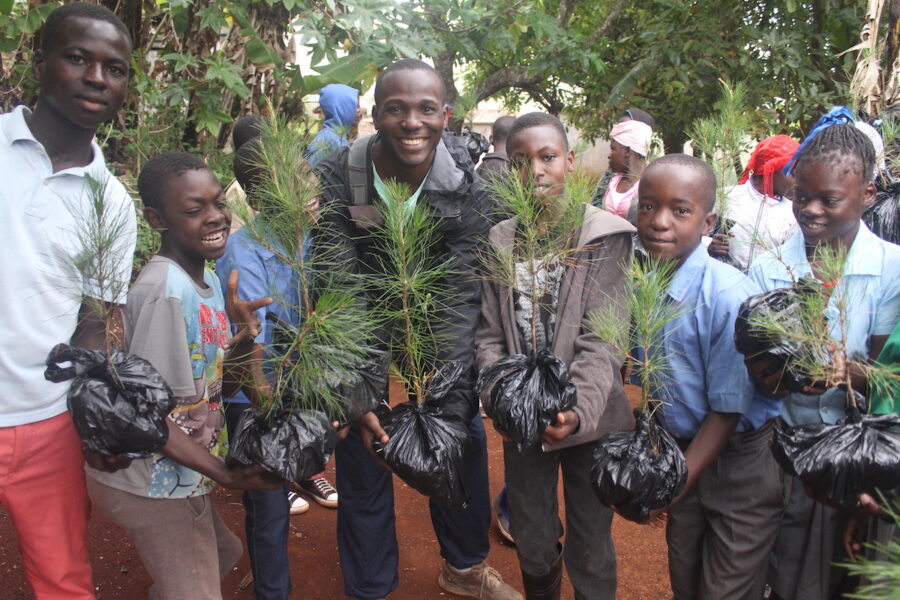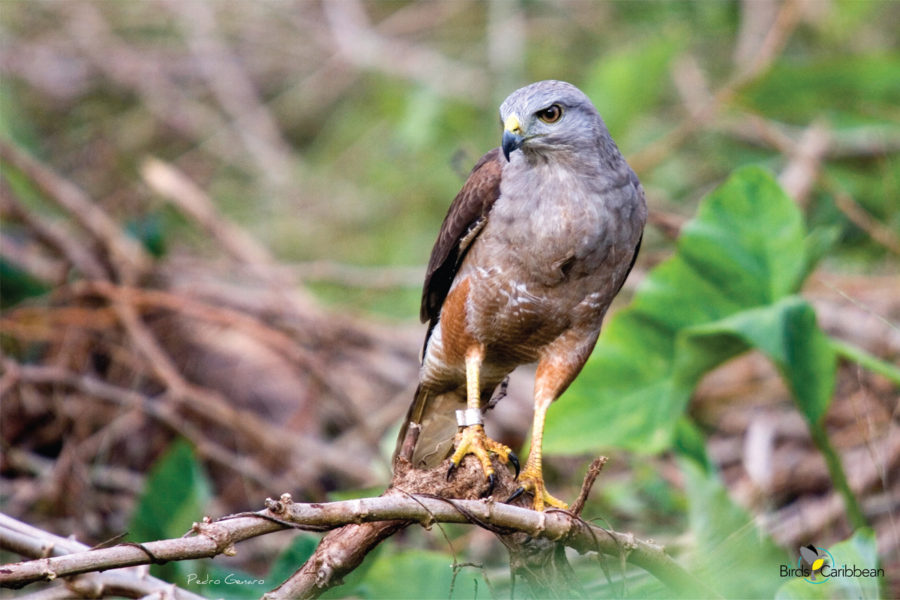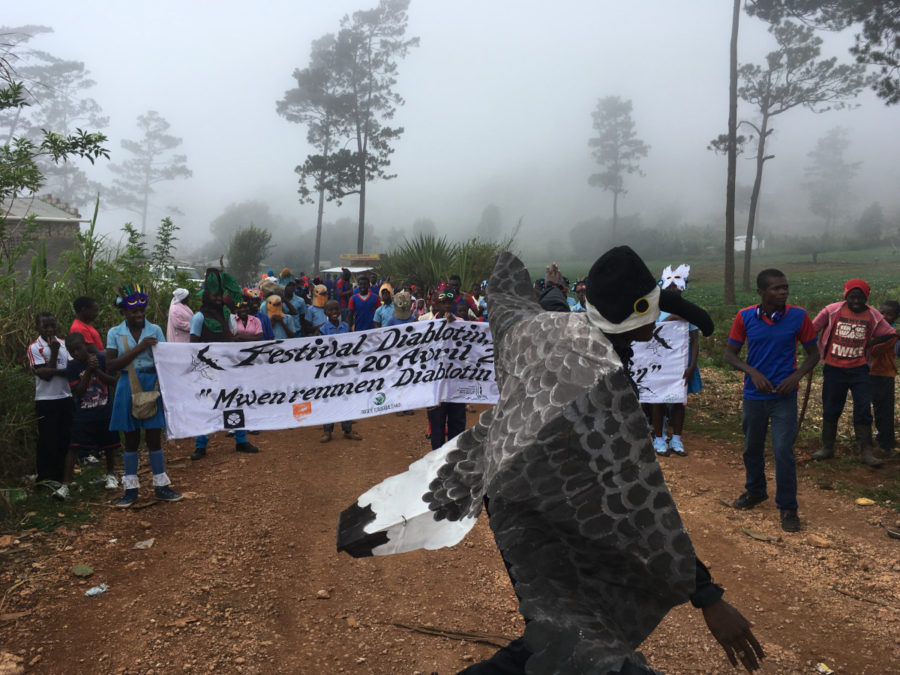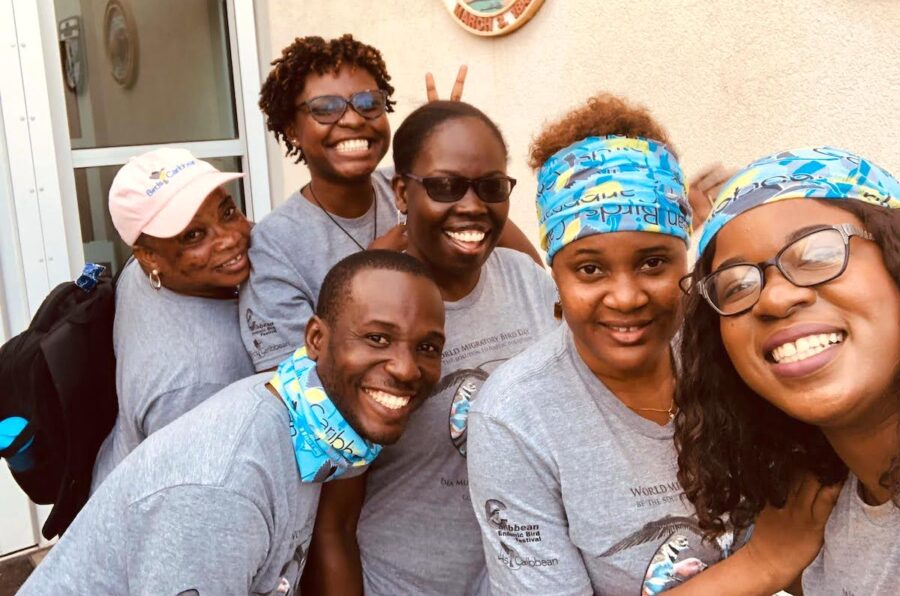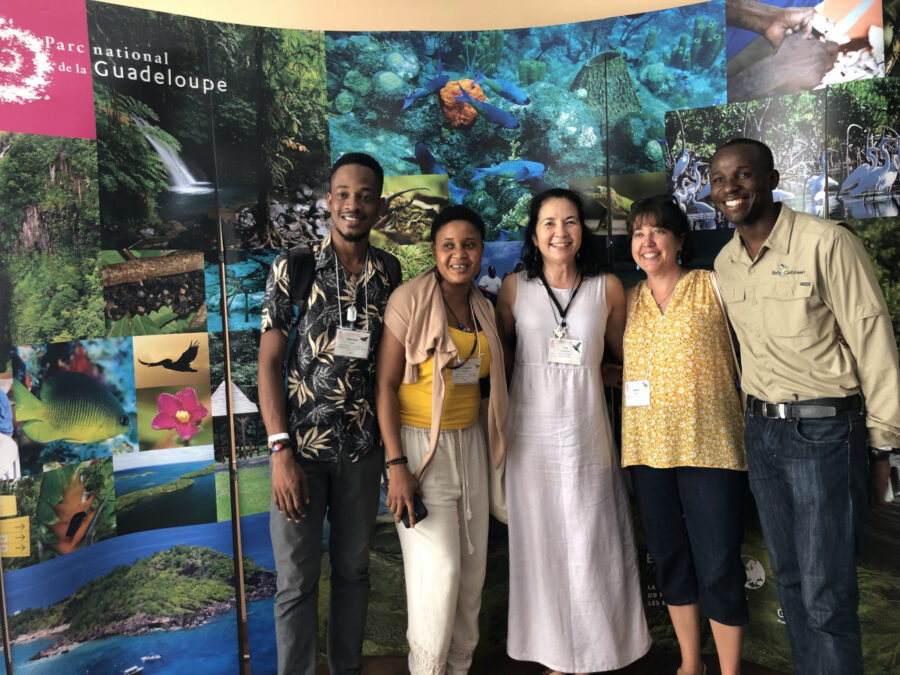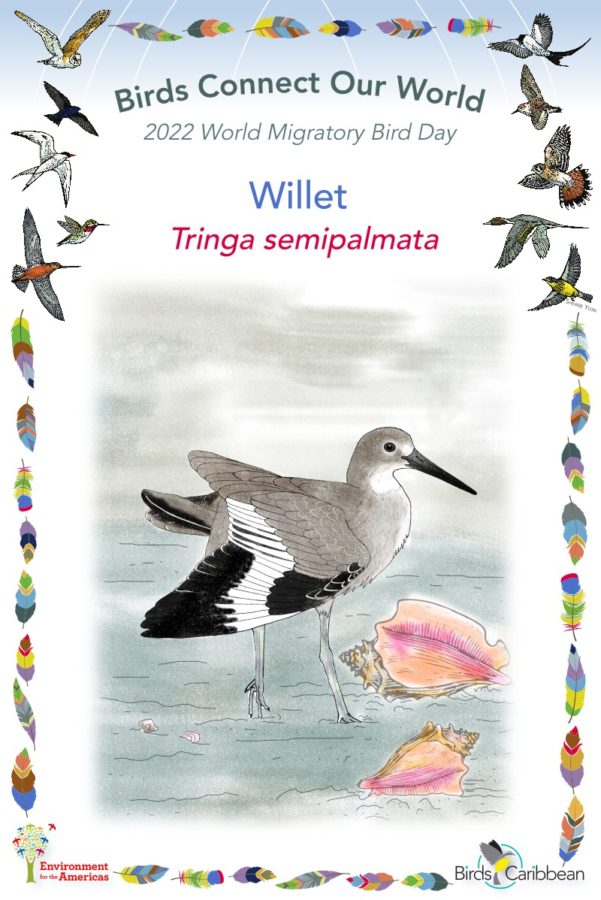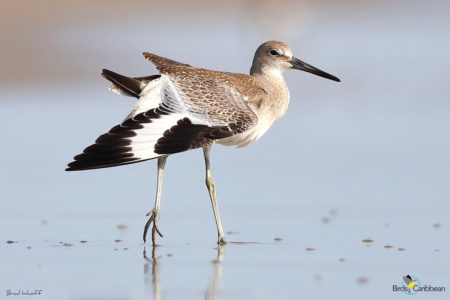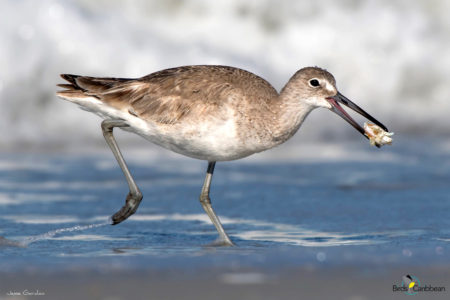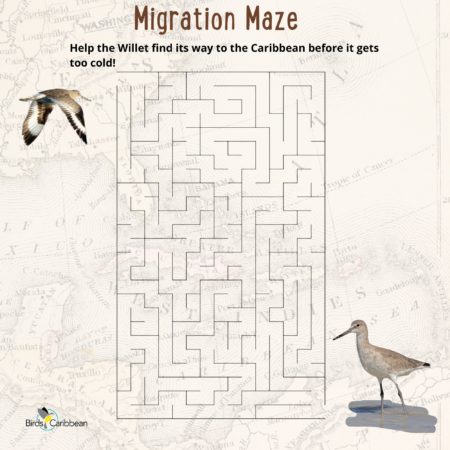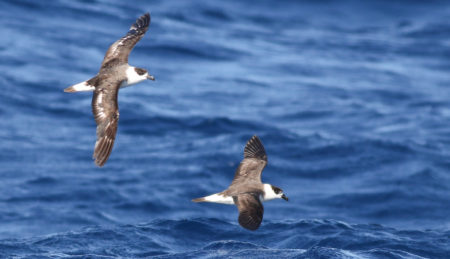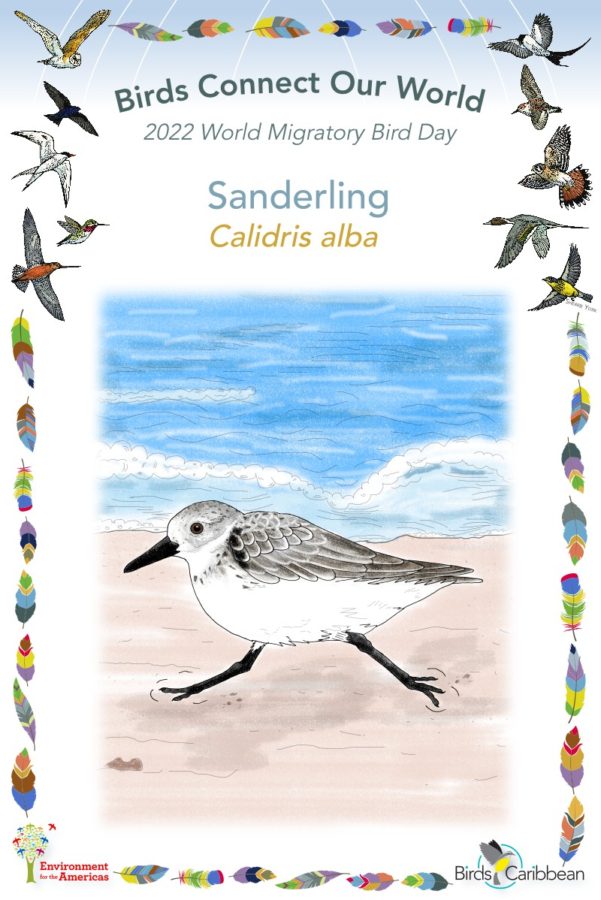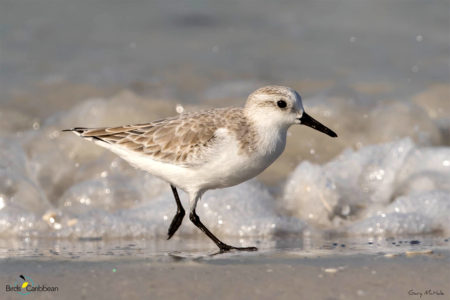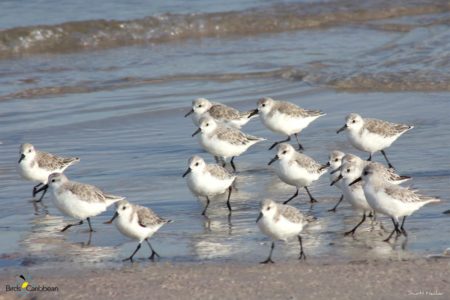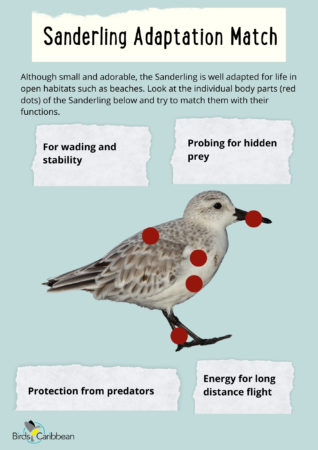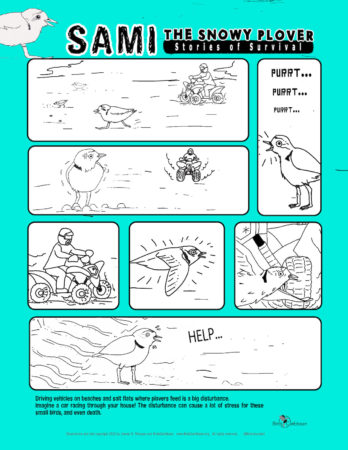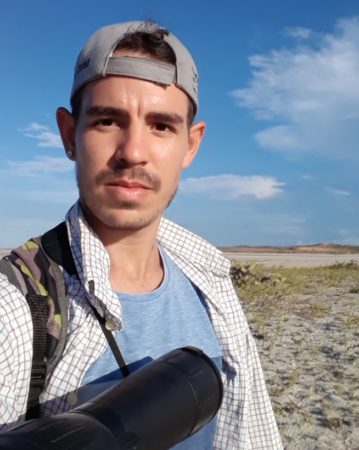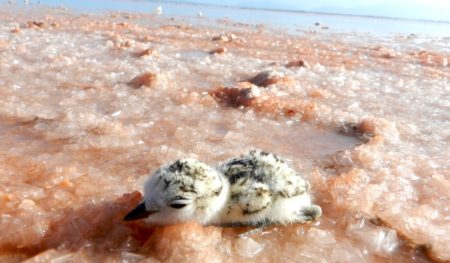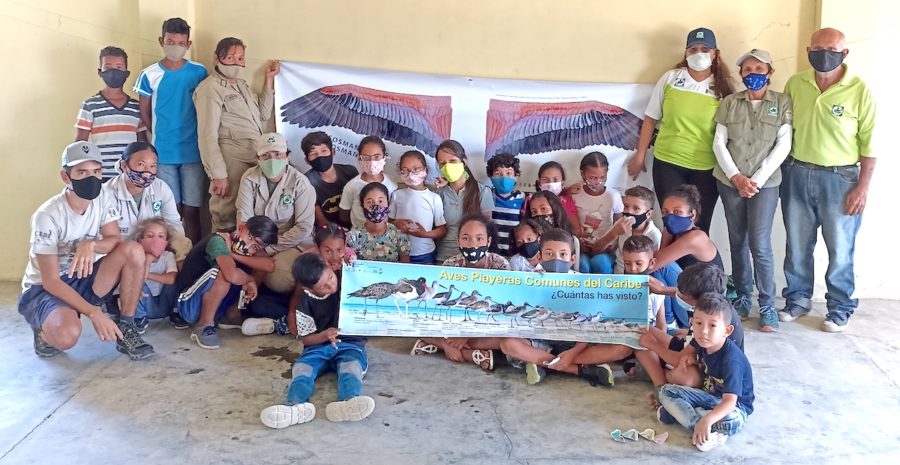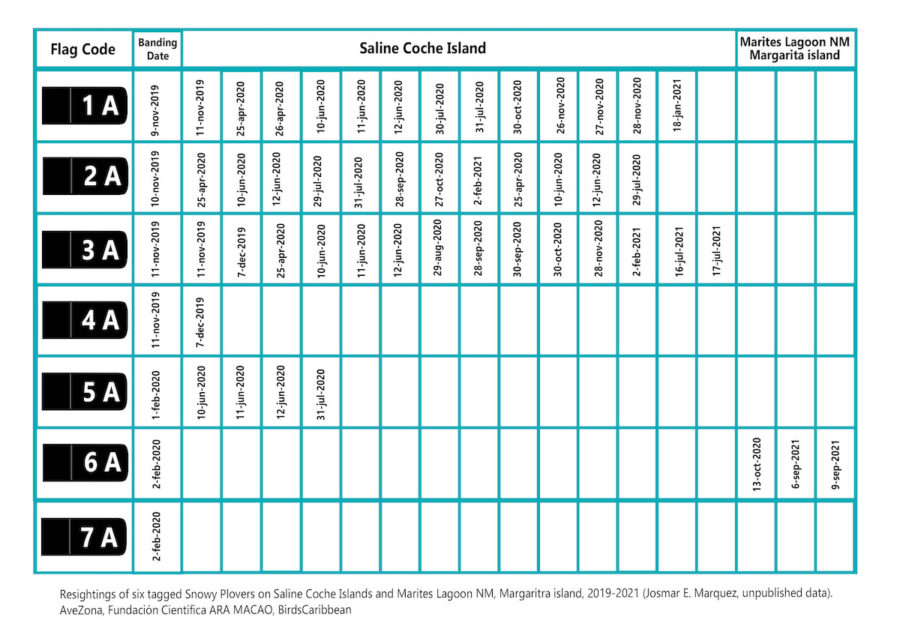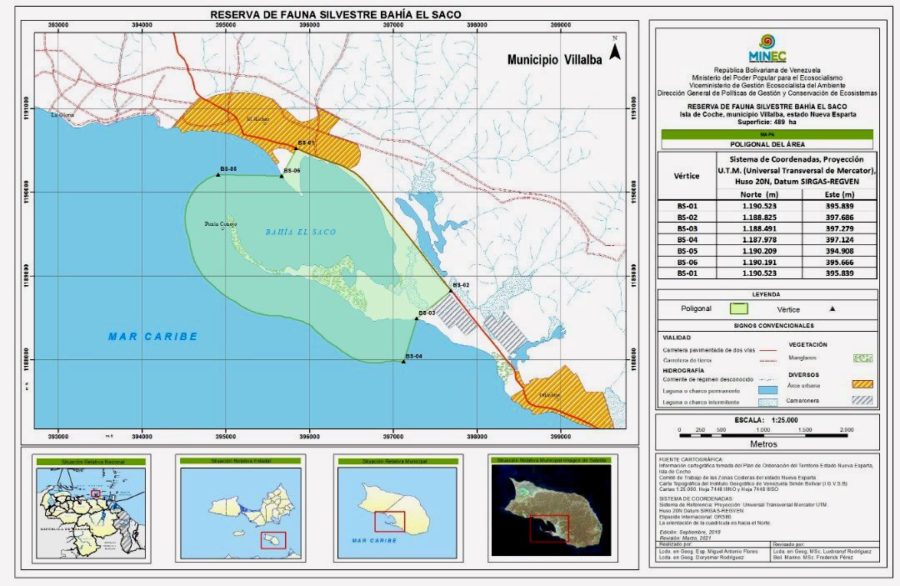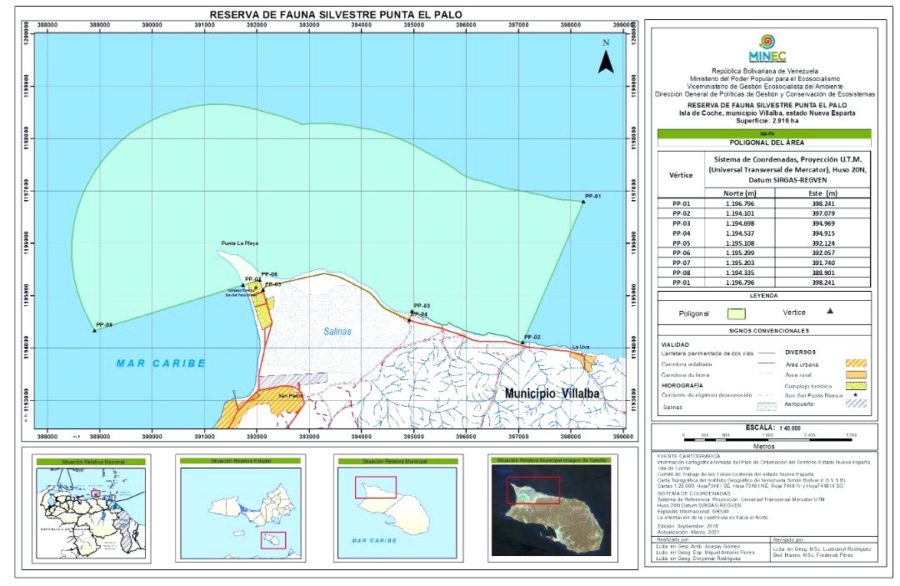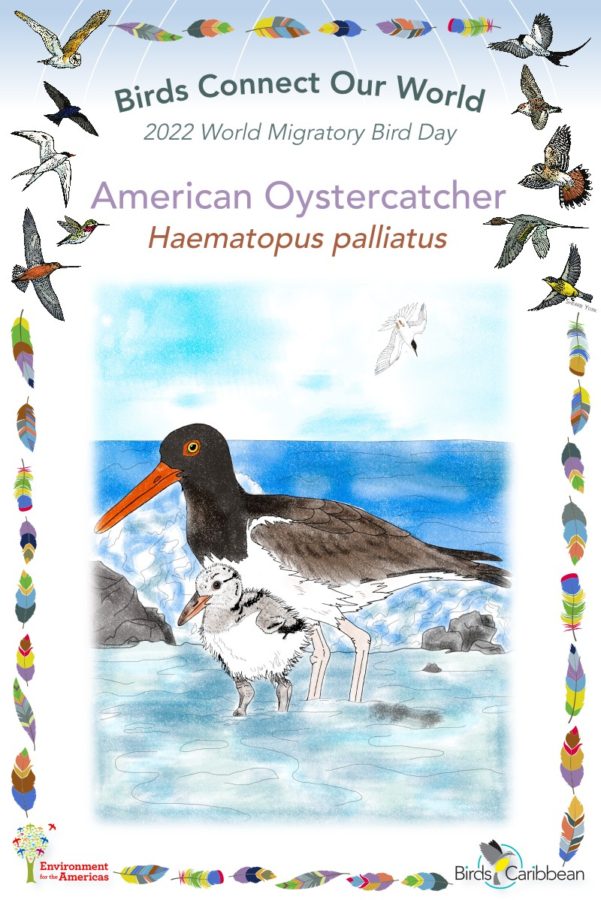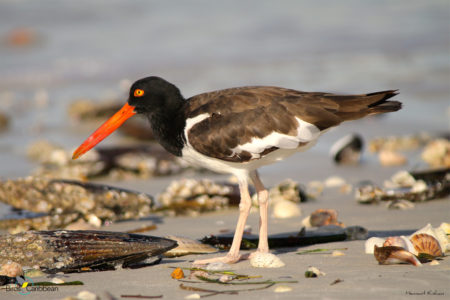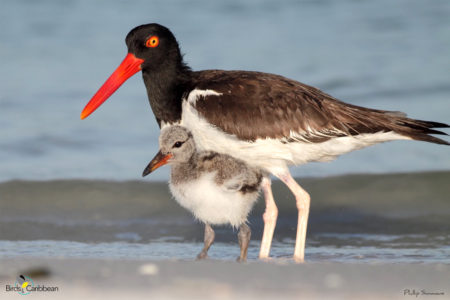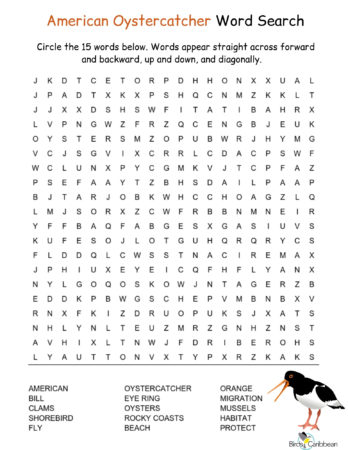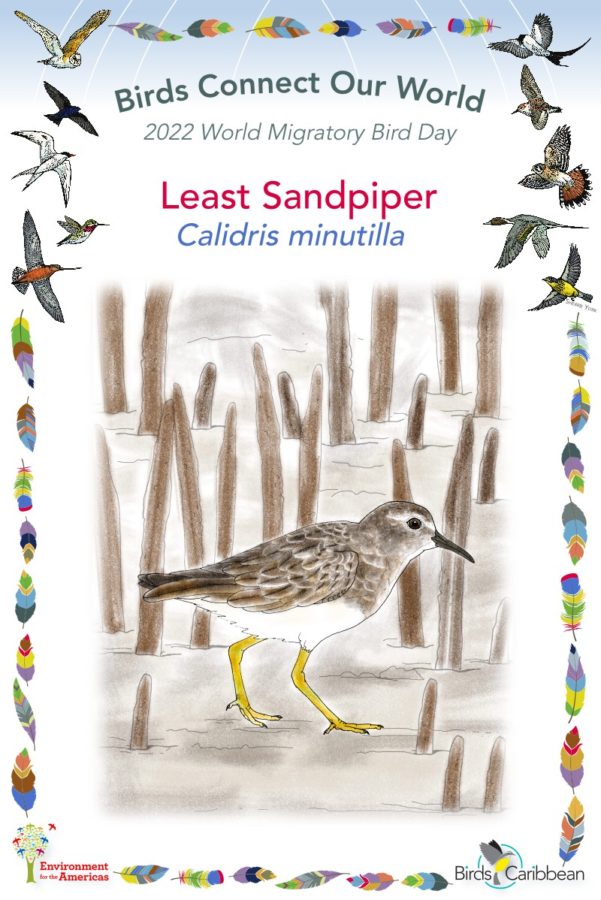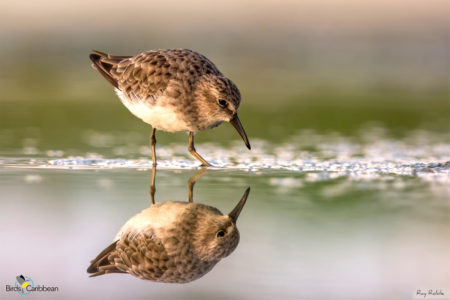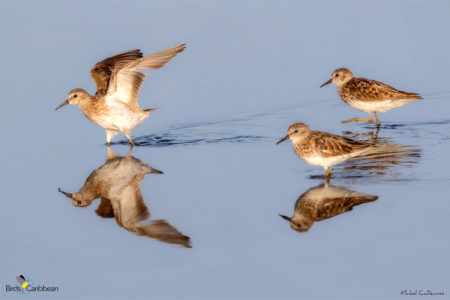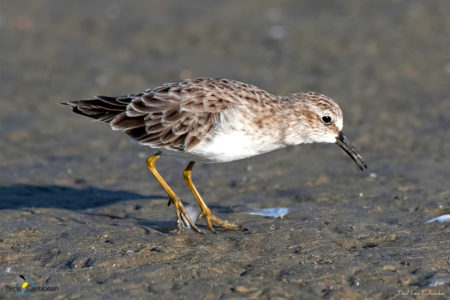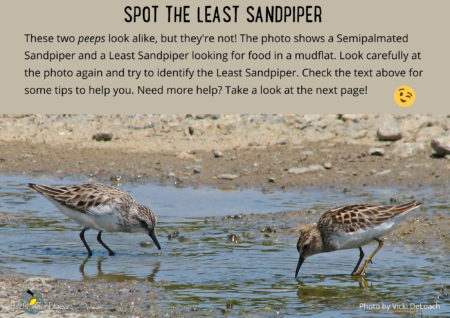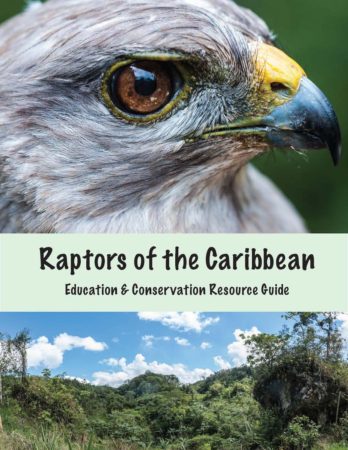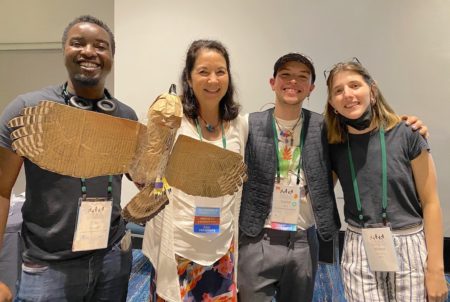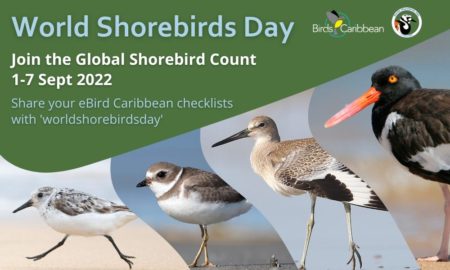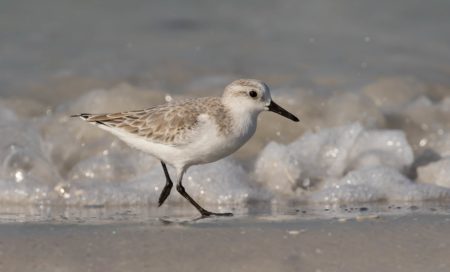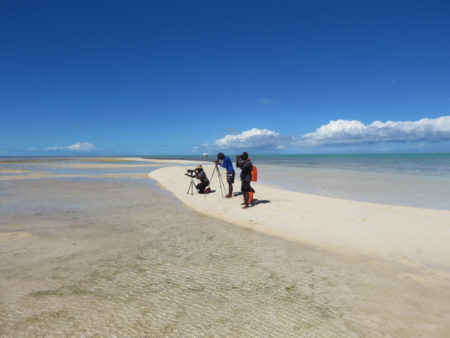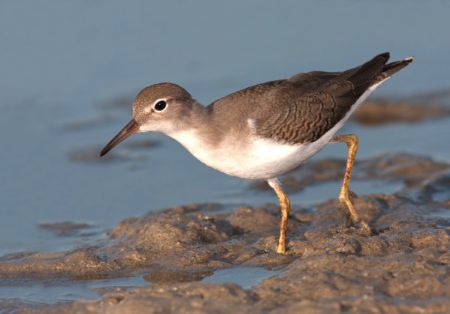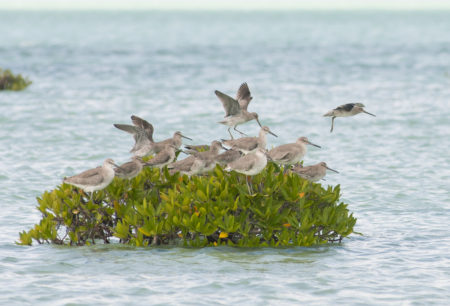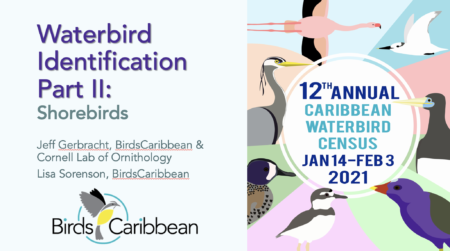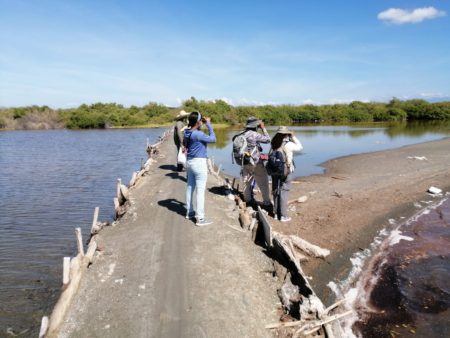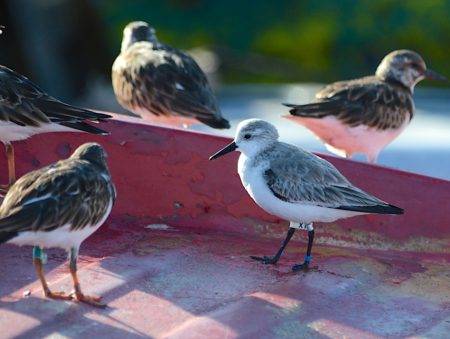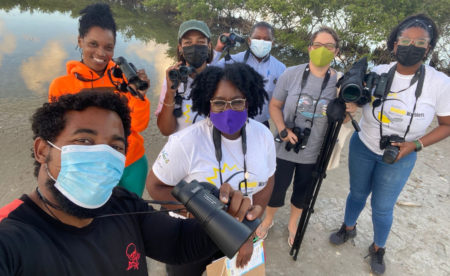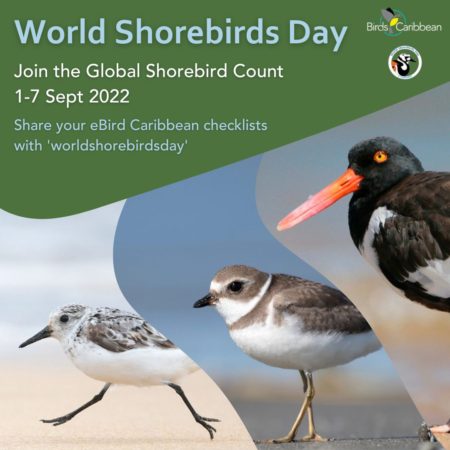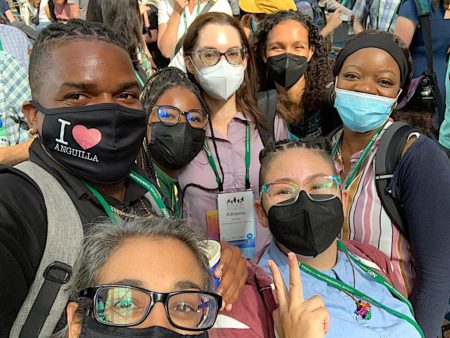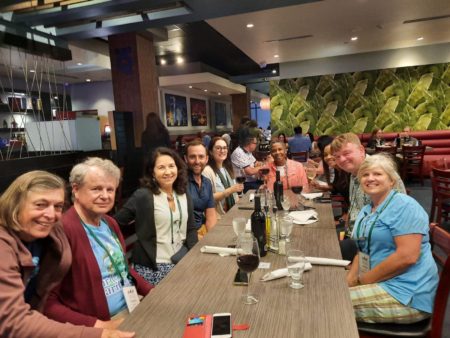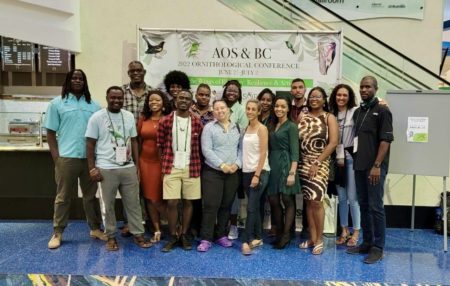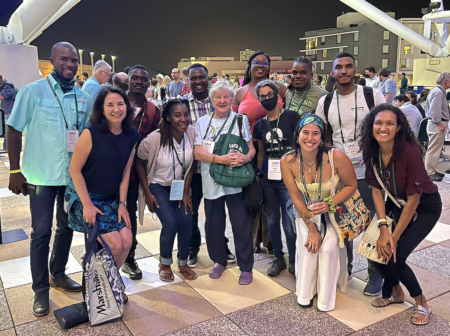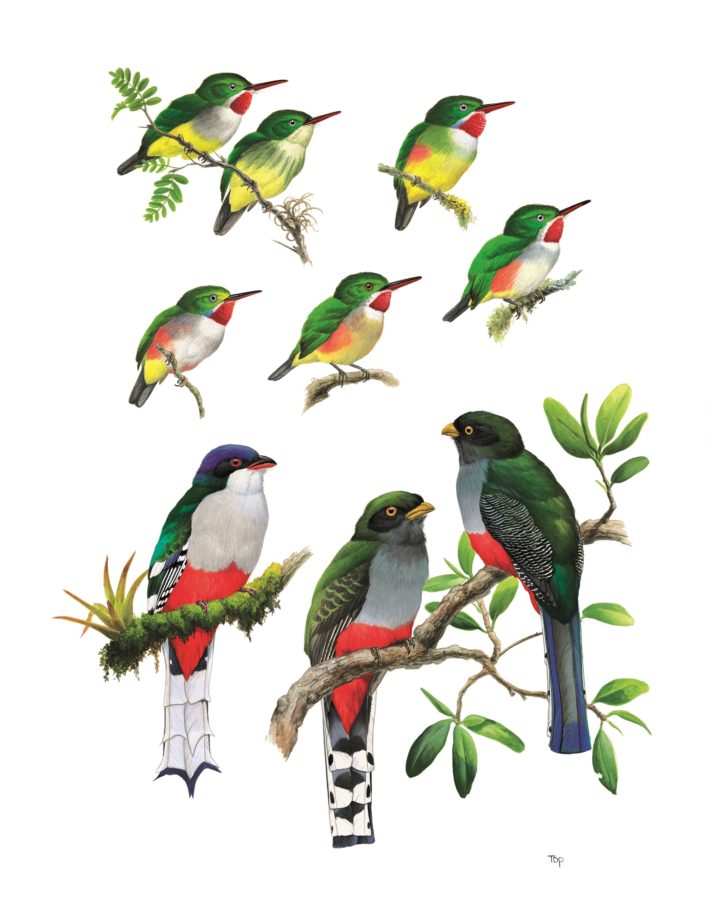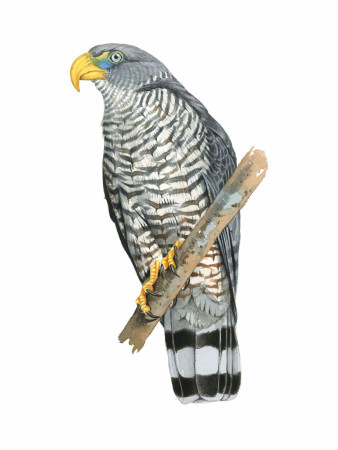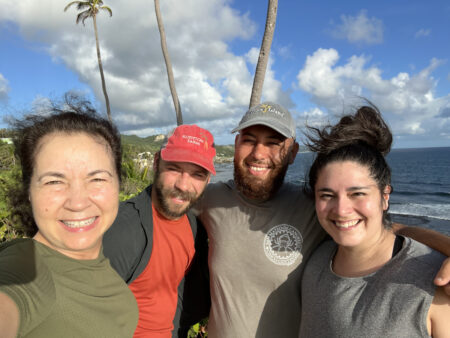
Cesar Montero is a nature tour guide based in Vieques, Puerto Rico. After a fortuitous meeting at the 2022 AOS-BC conference in Puerto Rico, where Cesar attended a Motus workshop, he is now in training as an installation expert for the Caribbean Motus Collaboration! This effort by BirdsCaribbean and our partners will expand the Motus Wildlife Tracking system in the Caribbean. Here he recounts his experience installing a Motus station on the island of Barbados… and his complicated journey to get there!
Finally, the day had come. As I started my journey to Barbados, Fiona, then a Category 1 hurricane, had made landfall in Puerto Rico the day before. The storm had triggered floods that destroyed roads, homes and disrupted the island’s power supply. I had an inkling that this trip was going to be an adventure.
Trying to get there: the frustrations of inter-island travel
Part One of my journey began with taking a 7:45 A.M flight from the island of Vieques to San Juan, Puerto Rico. It is a 30-minute flight in a small plane, which scares me because you can feel every bit of turbulence. But the view of the beautiful waters of Puerto Rico to your right and being at eye level with the peak of the El Yunque to your left, truly makes the flight one of a kind. From the smaller airport in Isla Grande, I took a taxi to the international airport in Carolina, where I would take the next flight to Miami.
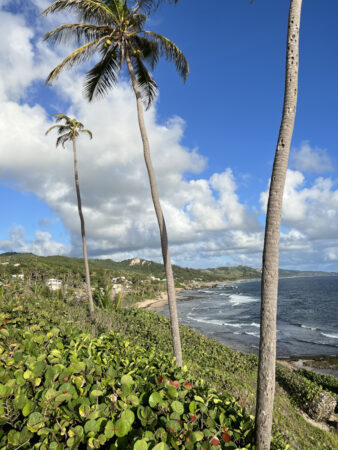
But not so fast! The flight was delayed. To kill some time, I bought some fast food at the airport. In Vieques we don’t have any fast food restaurants, so eating it is almost like a delicacy for me. I regret it every time afterwards!
After landing in Miami, I made my way to the terminal and waited for my flight to Barbados. What did I do in the meantime? You guessed it – I got more fast food!
At Miami Airport I met Todd Alleger, the Motus expert who would be guiding the team through the installation process. First Maya and then Lisa saw us and we all caught up with each other. The last time we met was at the AOS-BC conference in Puerto Rico in June. As the airline started to call the groups to board the plane, I was in the last group; everyone was already on the plane. I walked up to the counter and presented my passport. This was my first time traveling outside of the U.S. or its territories, so I was excited. But… there was another delay.
My heart sank. The team was on the flight already but I was now put on standby. It was a full flight but some people had not shown up yet. Then a family came running up and were able to board. Then another family. I began to get a little worried. When another person on standby boarded the plane, I was sure I was doomed. Then at last I heard my name being called, whew! I boarded and the fourth and final leg was under way.
Getting down to the basics at Walkers Reserve
I was in Barbados at last!
The next day, we headed to Walkers Reserve in northeastern Barbados, a former sand quarry now transformed into a nature reserve, where we would be erecting the first Motus station on the island. Shae Warren, the Director of Projects at Walkers Institute for Regeneration Research Education and Design Inc. (WIRRED) greeted us and gave us a tour of the reserve. We walked through the potential sites for the station and at each location we visited, the landscape was stunning. It was amazing to see all of the progress they had made in creating a thriving ecosystem, where there had once been a large sand mine. I suggest learning more about its history and the organization’s mission here.
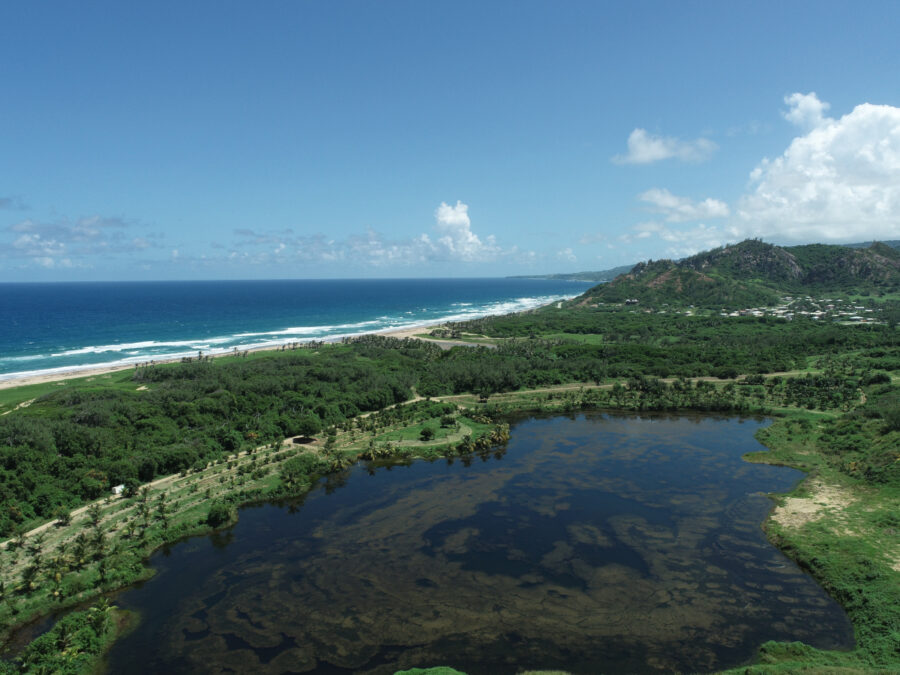
Motus stations need to be installed in places where the antennas will have a good ‘view’ of the target area that birds are expected to use or pass through. In this case, a good view of the coast and coastal wetlands that migratory shorebirds use was needed. After finalizing the location for the station, the digging began – fortunately, for us, they had an excavator! The next step was to fill the hole with concrete. The WIRRED staff were amazing, helping every step of the way. They made a base box to pour the concrete and also mixed the concrete using their machinery. We all worked together on getting the concrete poured little by little. We made sure to keep it flat and level, as this would form the base of the Motus tower.
Rain didn’t stop us…
On day two the forecast was: rain! We were worried that the concrete would not dry, but the Caribbean sun is no joke and quickly dried it. As it rained Maya, Todd, Shae and I worked on getting all of the rest of the components of the tower together. We assembled the antennas and prepared the wiring and receiving station, as well as the solar power system. Later in the afternoon, the rain had let up. Off we went to fix the tower to the base. It was a matter of adding screws and bolts where they needed to be to make it secure.
The antennas were added next. As a trained climber, it was Todd who added the antennas to the tower. The sun was starting to set and the colors in the sky were spectacular. There were even bats flying overhead taking care of the mosquitoes for us. But this also meant we had to work quickly as we were running out of precious sunlight.
Up on the tower…
Todd had attached all of the antennas but he just needed an extra hand to secure the mast full of antennas to the base of the tower. So up the tower I went. The higher up the tower I climbed, the more windy and scary it became. Todd was walking me through the climb every step of the way and made sure I was clipping on to the tower, using his climbing gear he loaned. This calmed my nerves. The sun was setting and there was no time to hesitate, but the sunset and the view of the ocean from the top of the tower, made me feel like I was at the top of a majestic castle. While at the top I helped Todd push and pull the mast into place and also handed him tools to secure it. We were able to finish installing the tower before it was completely dark. The tower was up and the antennas attached!
And up again…
On the final day of installation we connected the wires from the antennas to the receiving station and set up the solar system. It was decided that I would benefit from more climbing experience, so up the tower I went again, with Todd guiding me every step of the way. This time I was a lot more relaxed and not as scared. There wasn’t much wind and best of all, it wasn’t getting dark! I didn’t have to spend much time up at the top because I was just binding the wiring to the tower. After everything was connected we tested it to make sure the tower was working and receiving data. Everything was in working order. Mission complete!
But the adventure was not over just yet. The day before flying back to Miami, Ian, a large and destructive Category 4 hurricane made landfall in Florida and devastated the town in which I grew up, Fort Myers.
My mom and brothers all still live there, so I was very worried. Thankfully I was able to keep in contact with my mom and my flight was not delayed. Fortunately, my family withstood the storm with minimal damage. So back to Vieques via Miami, I went, to continue to advance my knowledge of bird conservation and to eagerly await the next installment of the Caribbean Motus Collaboration project.
It was an exciting start!
I would like to personally thank BirdsCaribbean for choosing me to be a part of the CMC project. This would not have been possible without the support of the Vieques Conservation and Historical Trust (VCHT ) Bird Committee every step of the way, leading up to being on this team. Since starting out, there has been an abundance of support for my development that is continuing to grow. Hopefully in the future I will get to meet and personally thank everyone that has made it possible for me to travel to and from this amazing country of Barbados. I am grateful to be able to contribute to advancing our knowledge of migratory birds in the Caribbean through MOTUS and am looking forward to becoming a MOTUS expert!
About Motus and The Caribbean Motus Collaboration
The Motus Wildlife Tracking System is a powerful collaborative research network developed by Birds Canada. Motus uses automated radio telemetry using a network of Motus stations to study the movements and behavior of flying animals (birds, bats, and insects) that are tagged and tracked by Motus receivers.
In an exciting update, the new Motus station at Walkers Reserve detected its very first tagged bird on the 27th of October! It was a Semipalmated Plover that had been tagged in Canada at the end of September, over 3000 km away from Walkers Reserve!
The new Motus station on Barbados was made possible with funding from Environment and Climate Change Canada and advice and support from the Northeast Motus Collaboration (NMC). Big thanks also to Todd Alleger (NMC) for his help in installing this new station. We are also very grateful to Shae Warren and WIRRED staff for their help and support. Barbados provides an important stopover site for migratory shorebirds as they pass through the Caribbean. This is now one of two stations operating on Barbados that are part of the Caribbean Motus Network. You can find out more about Motus in the Caribbean and our Caribbean Motus Collaboration here:

